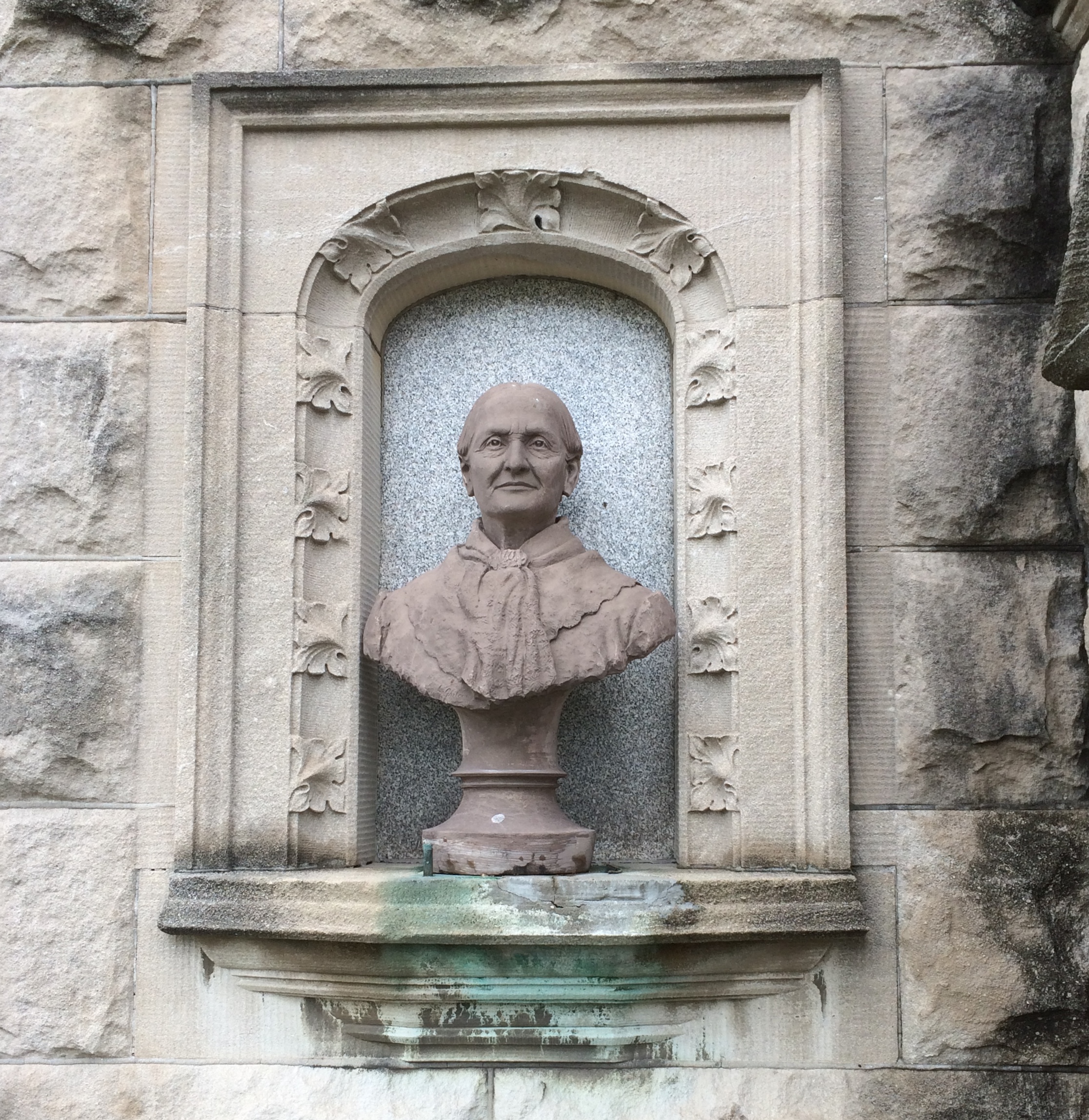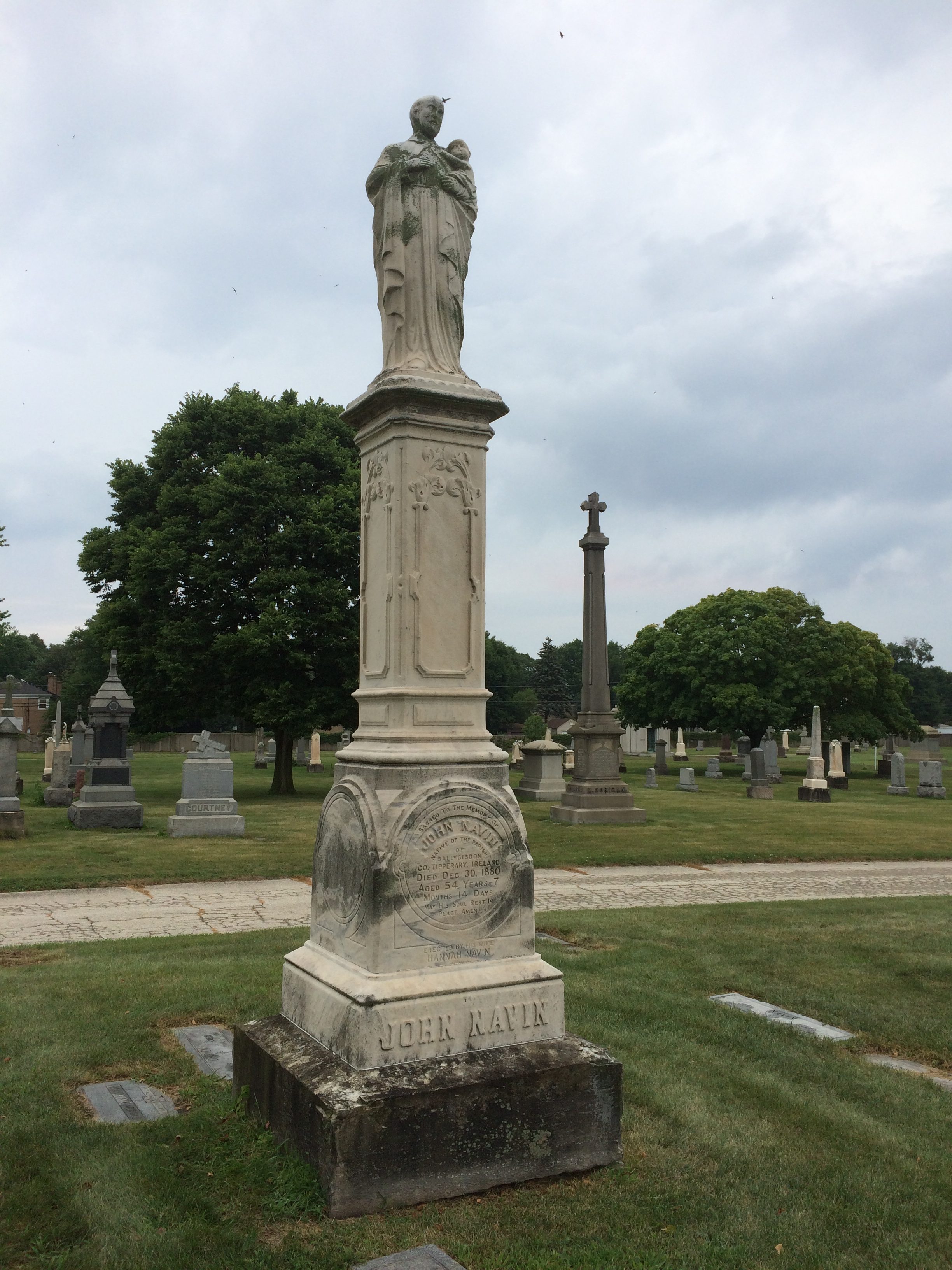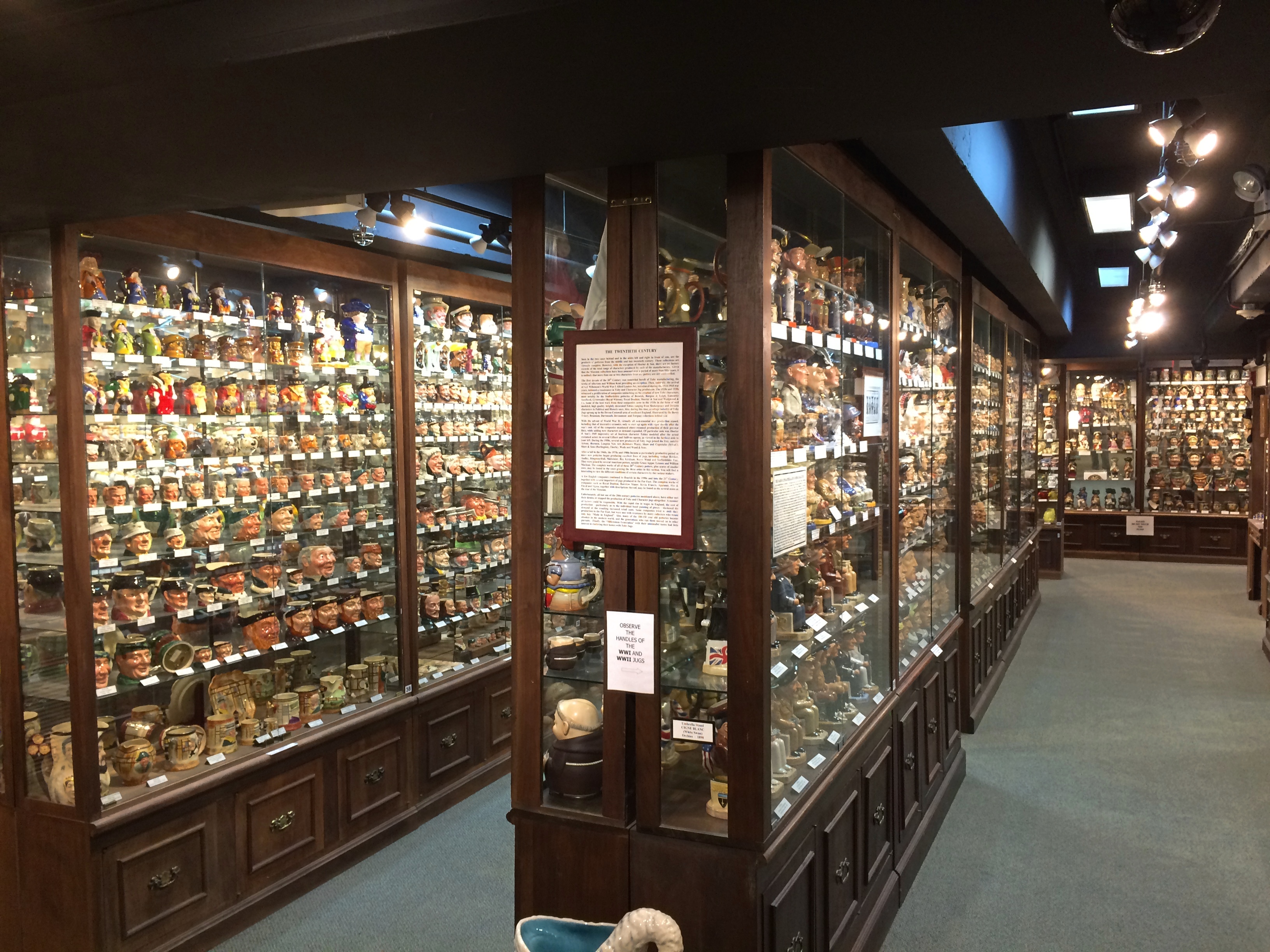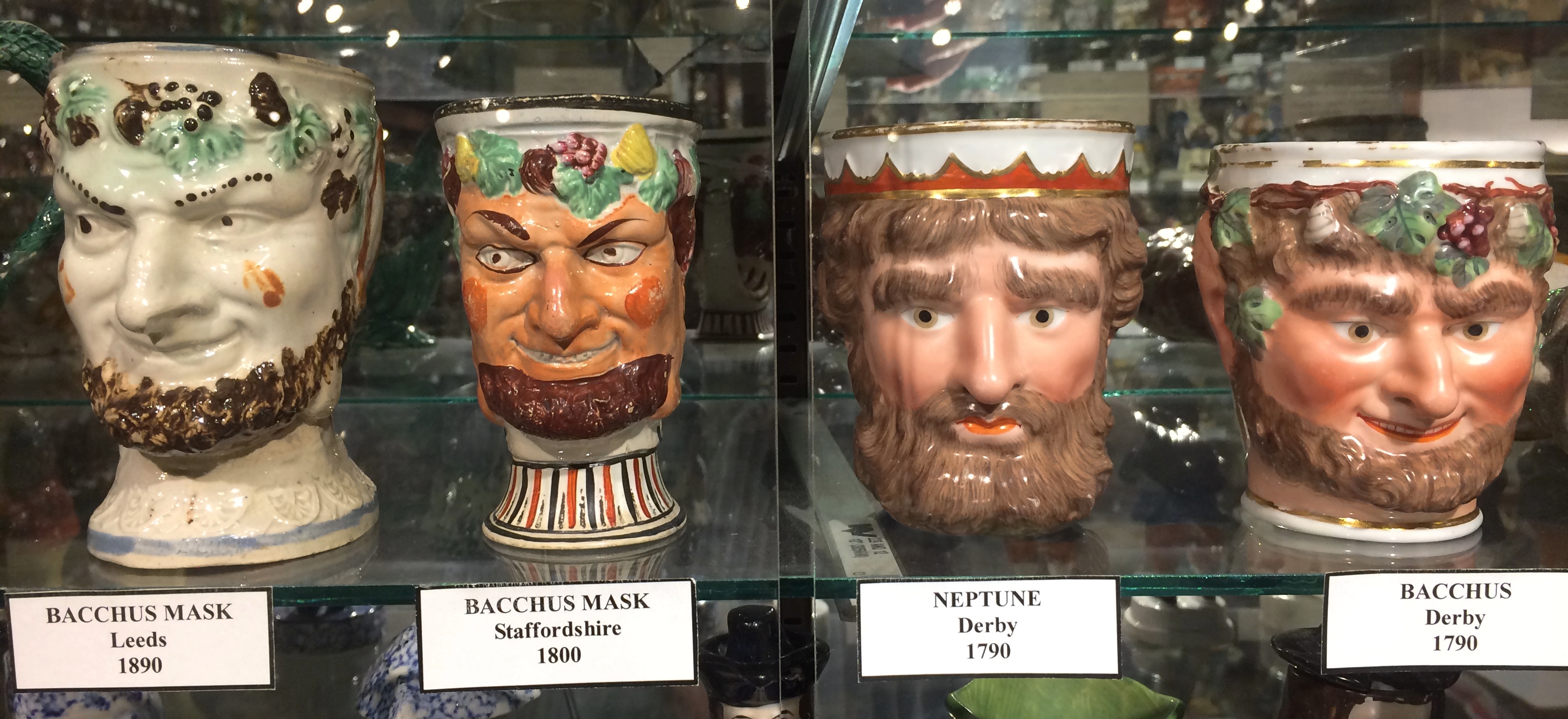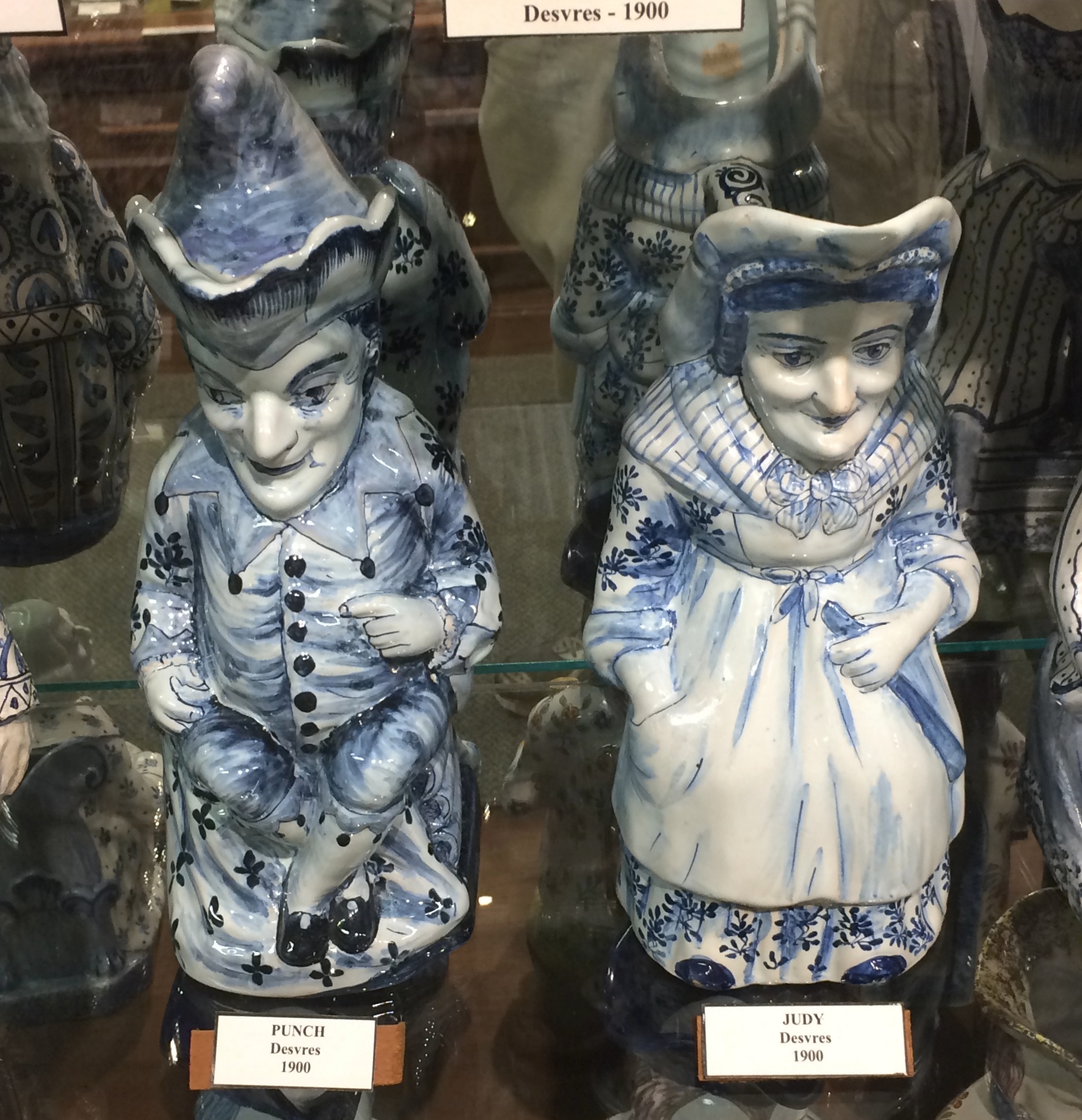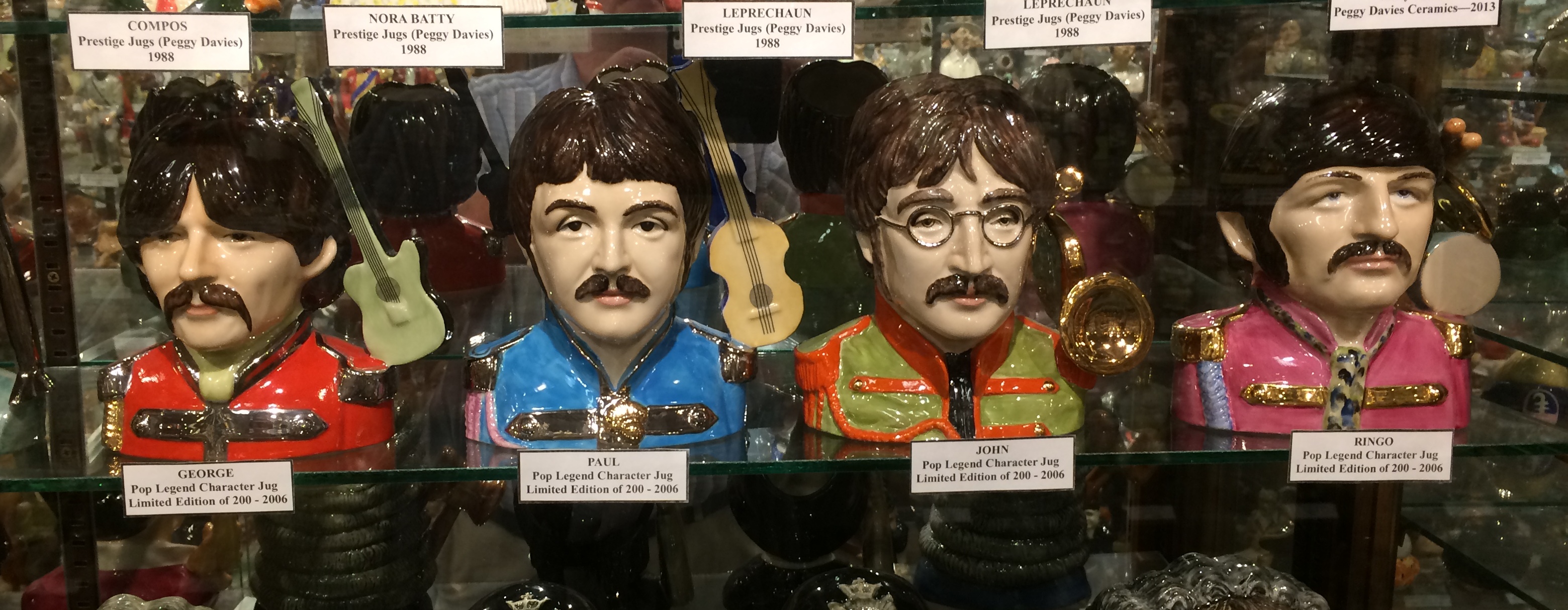Recently I was in suburban Des Plaines in the mid-afternoon on a sunny day, not too cold. I expect such forays, even a few suburbs over, will become much less frequent in the weeks ahead. They already have.
While there, I took the opportunity to visit All Saints Catholic Cemetery & Mausoleum for a few minutes. Such a visit counts, I think, as social distancing. Few other (living) people were there, all of them way off in the distance. I don’t think I came within 200 feet of another living soul.
All Saints is enormous, with two sections straddling N. River Road (US 45), and is just west of the Des Plaines River. It’s also across the road, Central Road, from the Shrine of Our Lady of Guadalupe, which I visited back in 2011.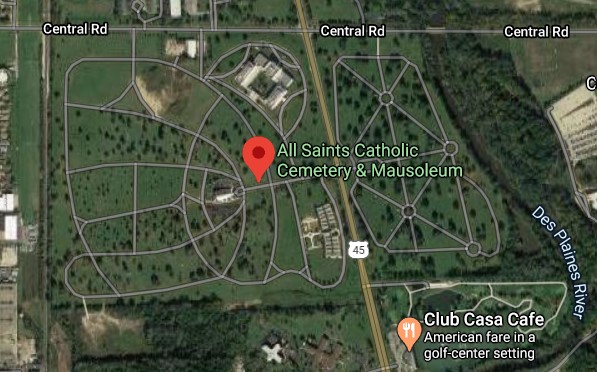 The eastern lobe is the oldest section, opening in 1923. It’s dense with upright stones.
The eastern lobe is the oldest section, opening in 1923. It’s dense with upright stones.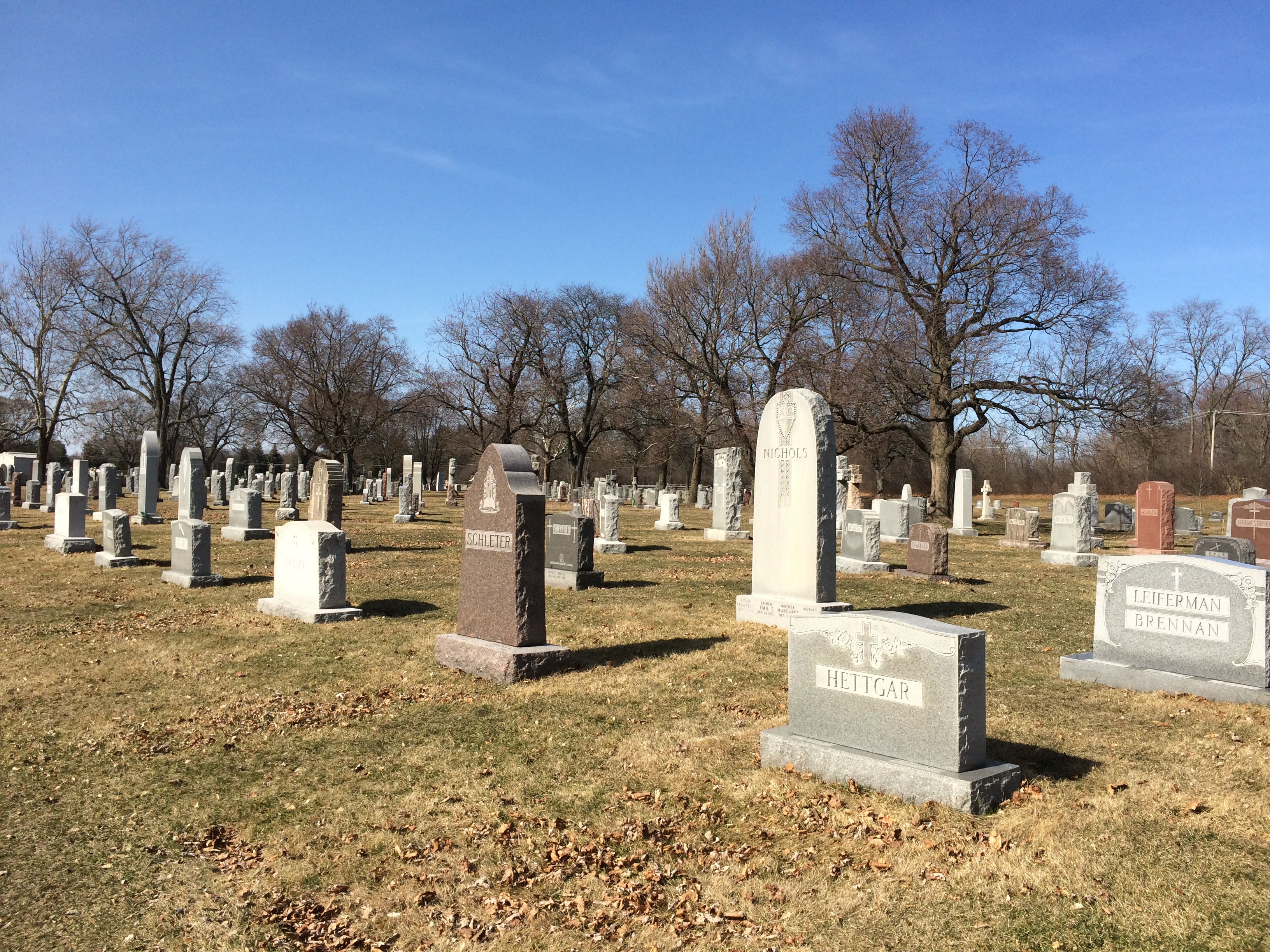
And a handful of private mausoleums.
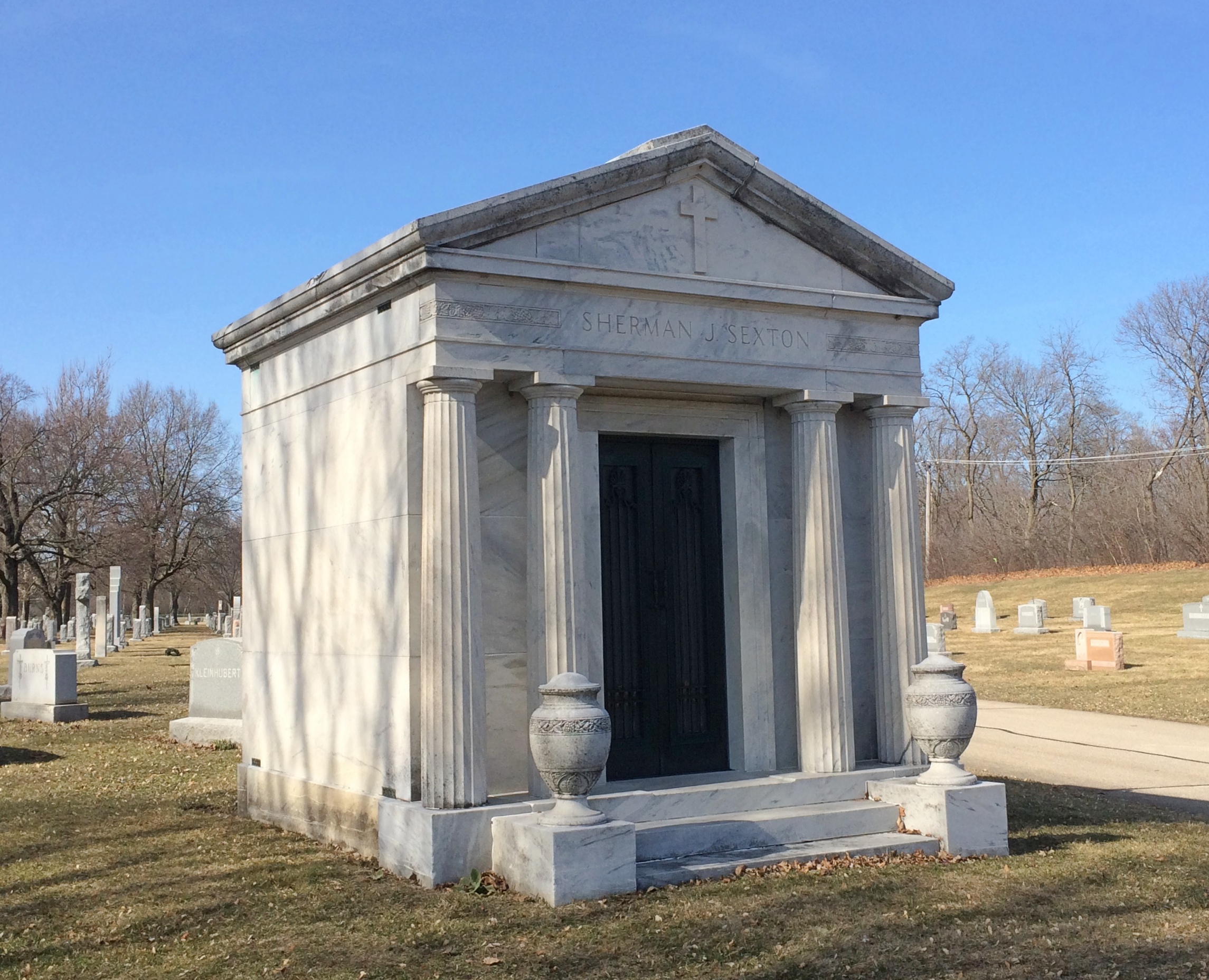 Curious, I looked up Sherman J. Sexton (1892-1956). In the 19th century, his father founded John Sexton & Co. (Sexton Quality Foods), which evolved into a major Chicago-based national wholesale grocery. Sherman Sexton ran it for much of the 20th century. After much M&A, a corporate descendant is still in the wholesale food business.
Curious, I looked up Sherman J. Sexton (1892-1956). In the 19th century, his father founded John Sexton & Co. (Sexton Quality Foods), which evolved into a major Chicago-based national wholesale grocery. Sherman Sexton ran it for much of the 20th century. After much M&A, a corporate descendant is still in the wholesale food business.
Find-A-Grave lists a number of notables buried at All Saints: pro sports players, Congressmen, others. The only one I knew was sportscaster Harry Carey, though I’ve also heard of the band Nine Inch Nails. James Woolley, the group’s keyboardist for a time, reposes at the cemetery. I didn’t come looking for notable graves anyway.
The western section is much larger and includes upright stones, memorials flush with the ground, and a lot of land for expansion.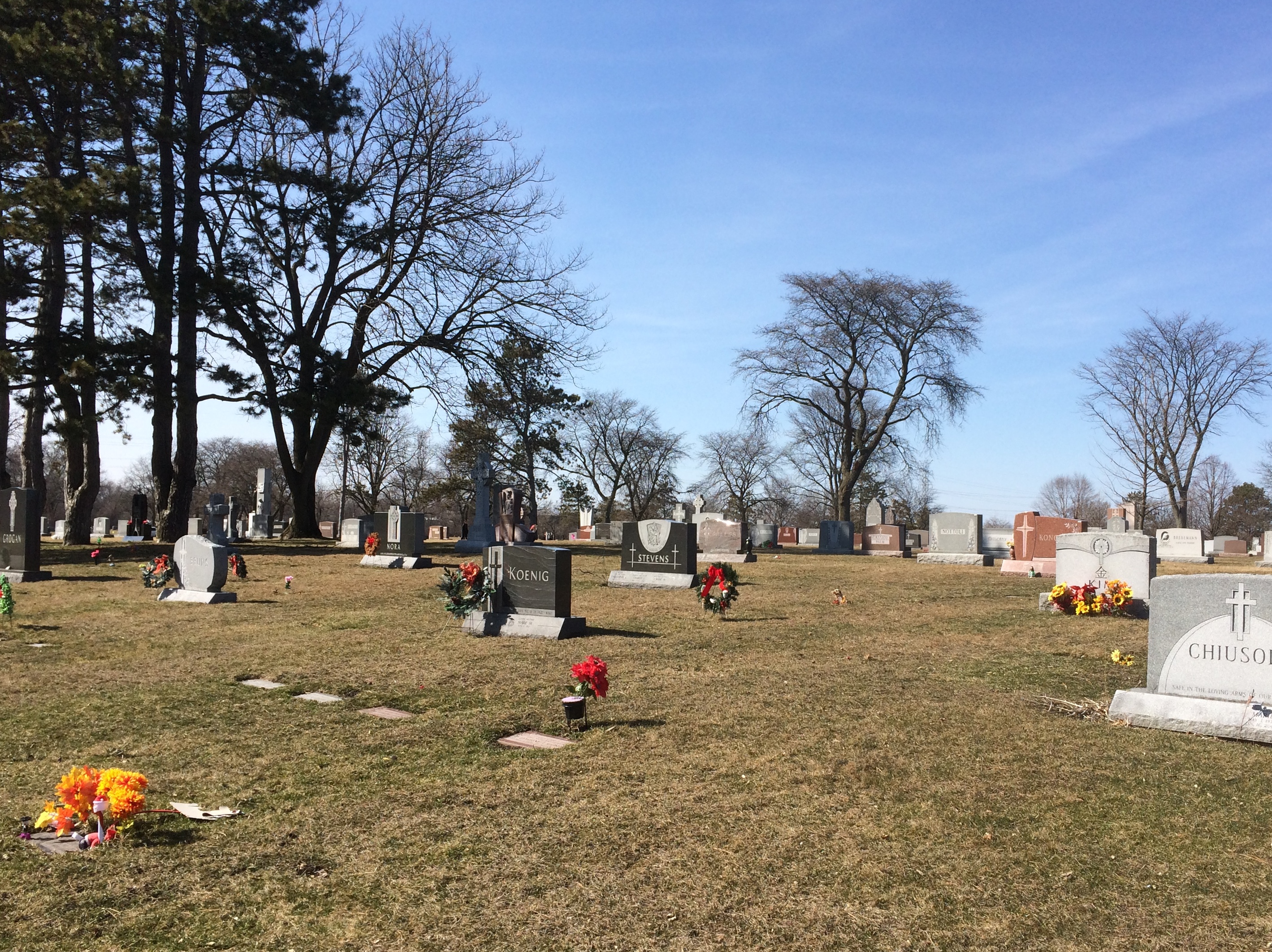
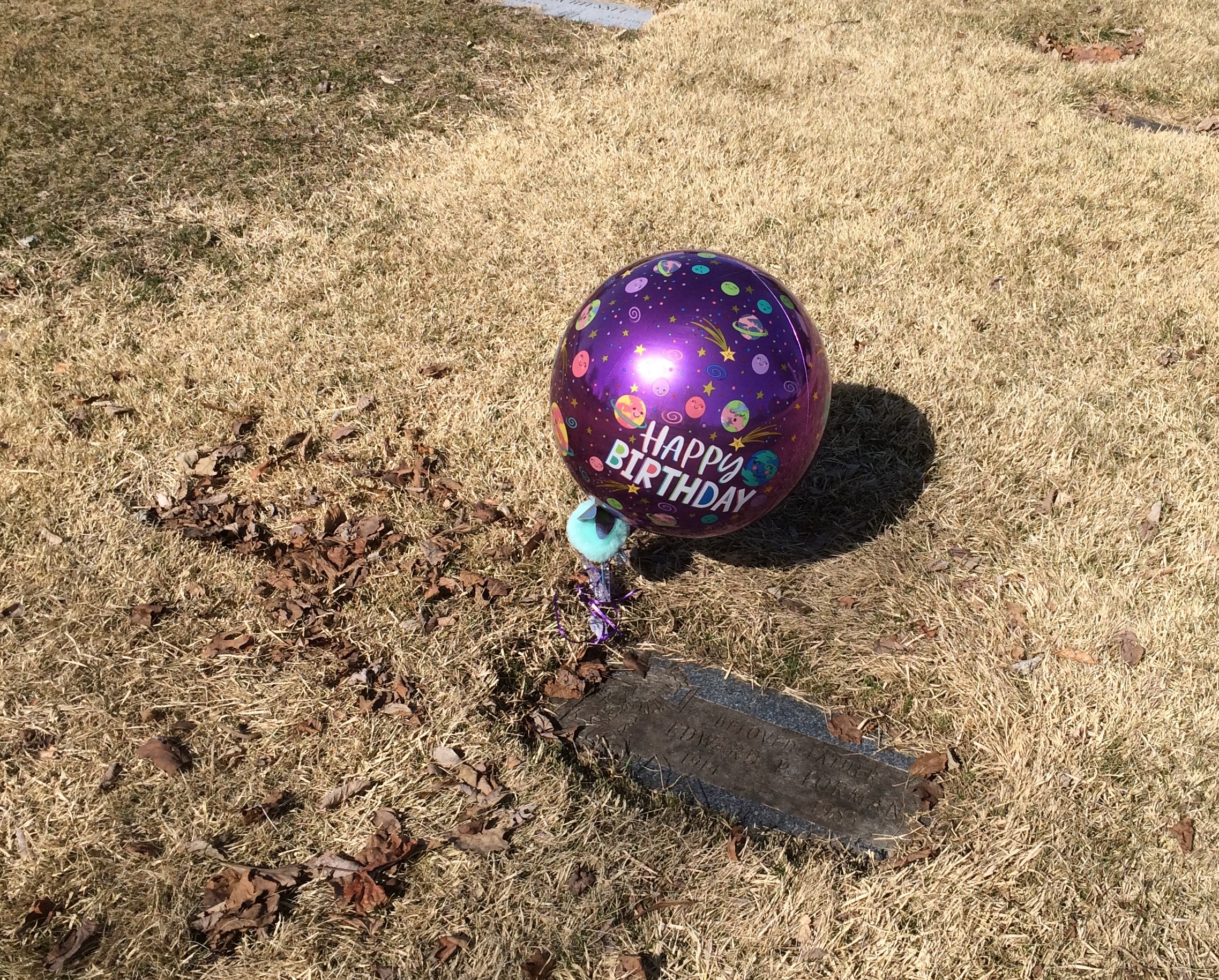
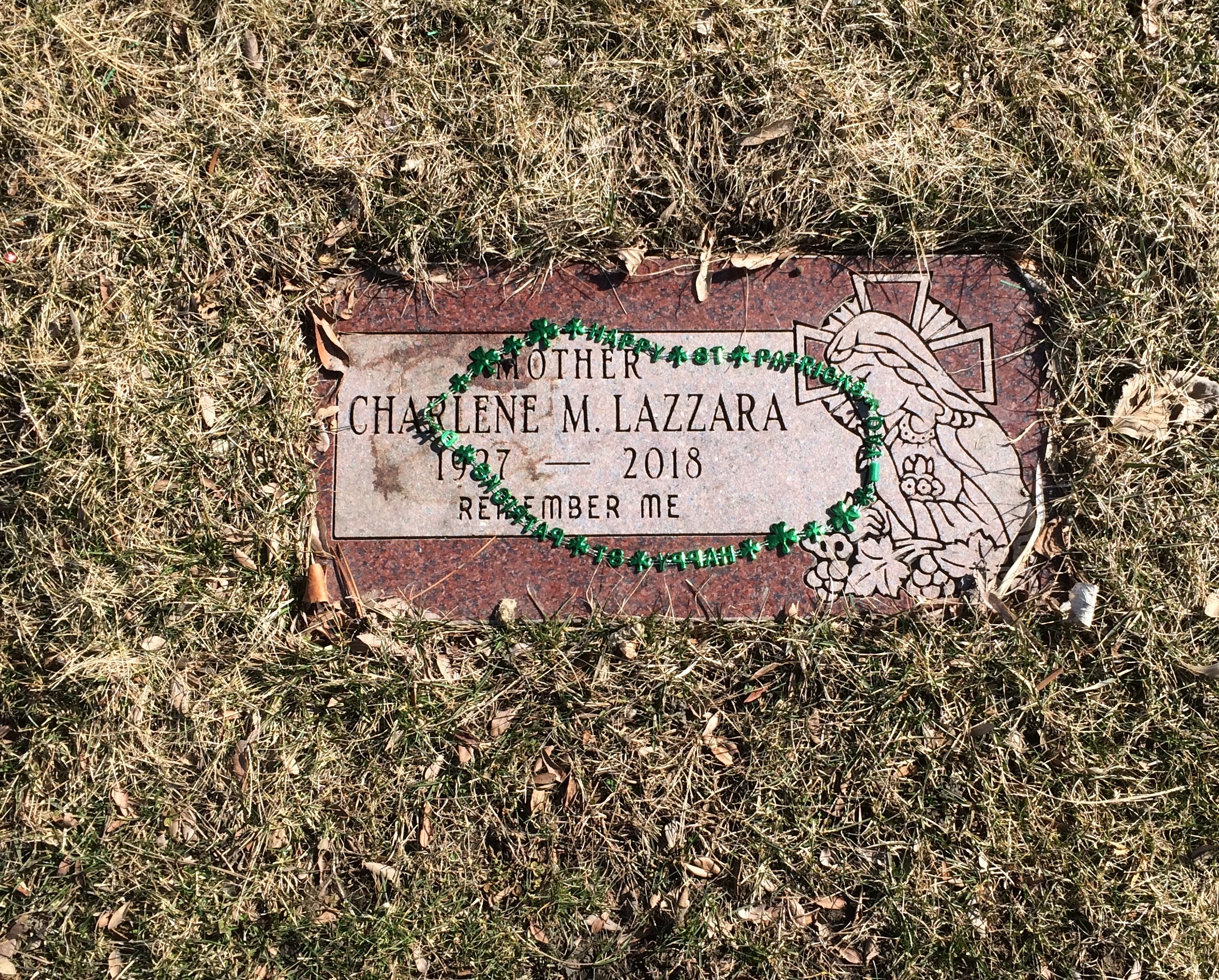 Along with statues of Jesus and saints and other figures.
Along with statues of Jesus and saints and other figures.
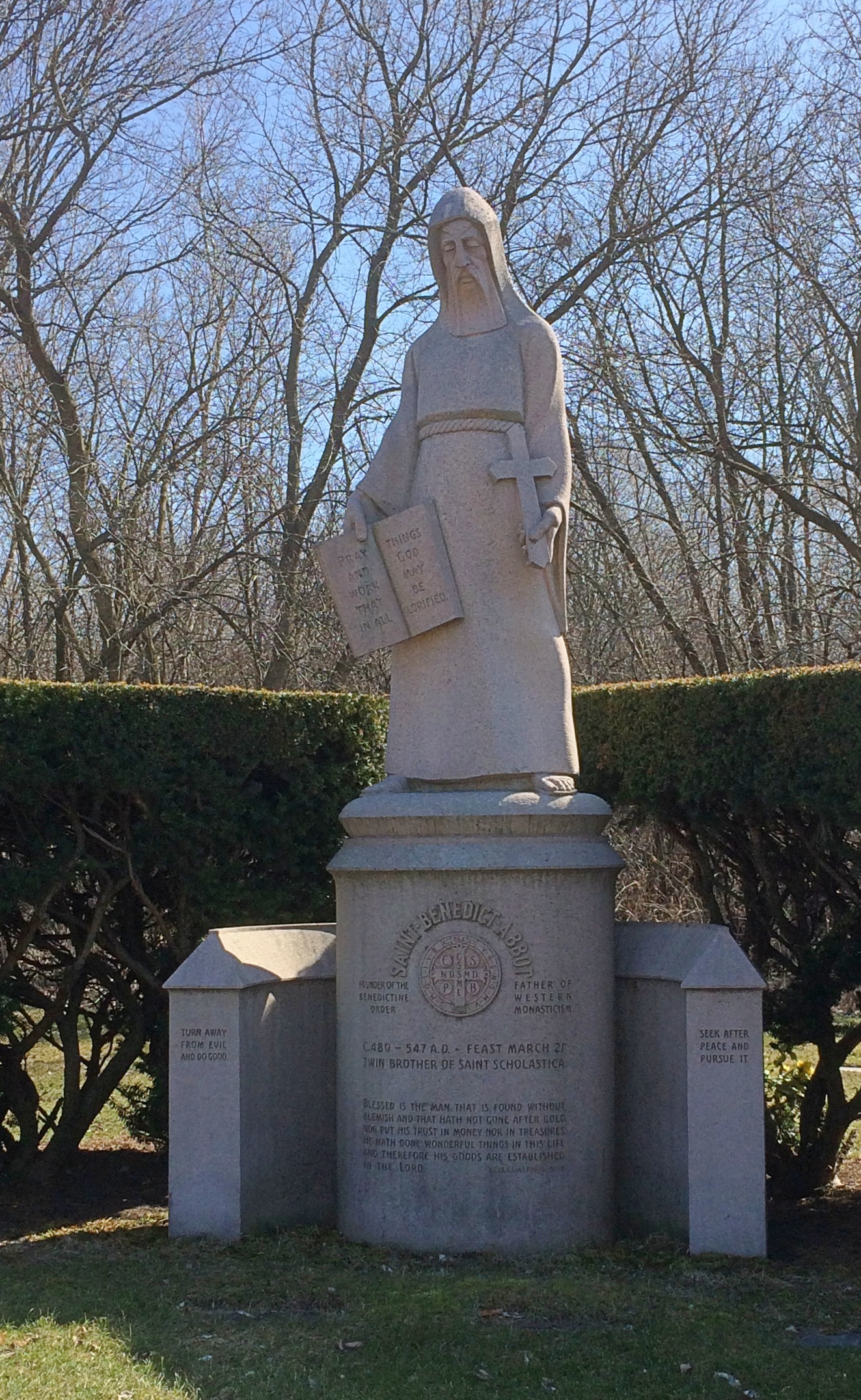 The archdiocese must have seen which way the demographic wind was blowing in the 1950s, namely to the suburbs, and so acquired a lot more land for the cemetery while the getting was good. The western section opened in 1954.
The archdiocese must have seen which way the demographic wind was blowing in the 1950s, namely to the suburbs, and so acquired a lot more land for the cemetery while the getting was good. The western section opened in 1954.
The ’70s-vintage community mausoleum, like the cemetery itself, is large. I don’t know that I’ve seen a larger one. It includes a number of wings and looks something like a NASA office building.
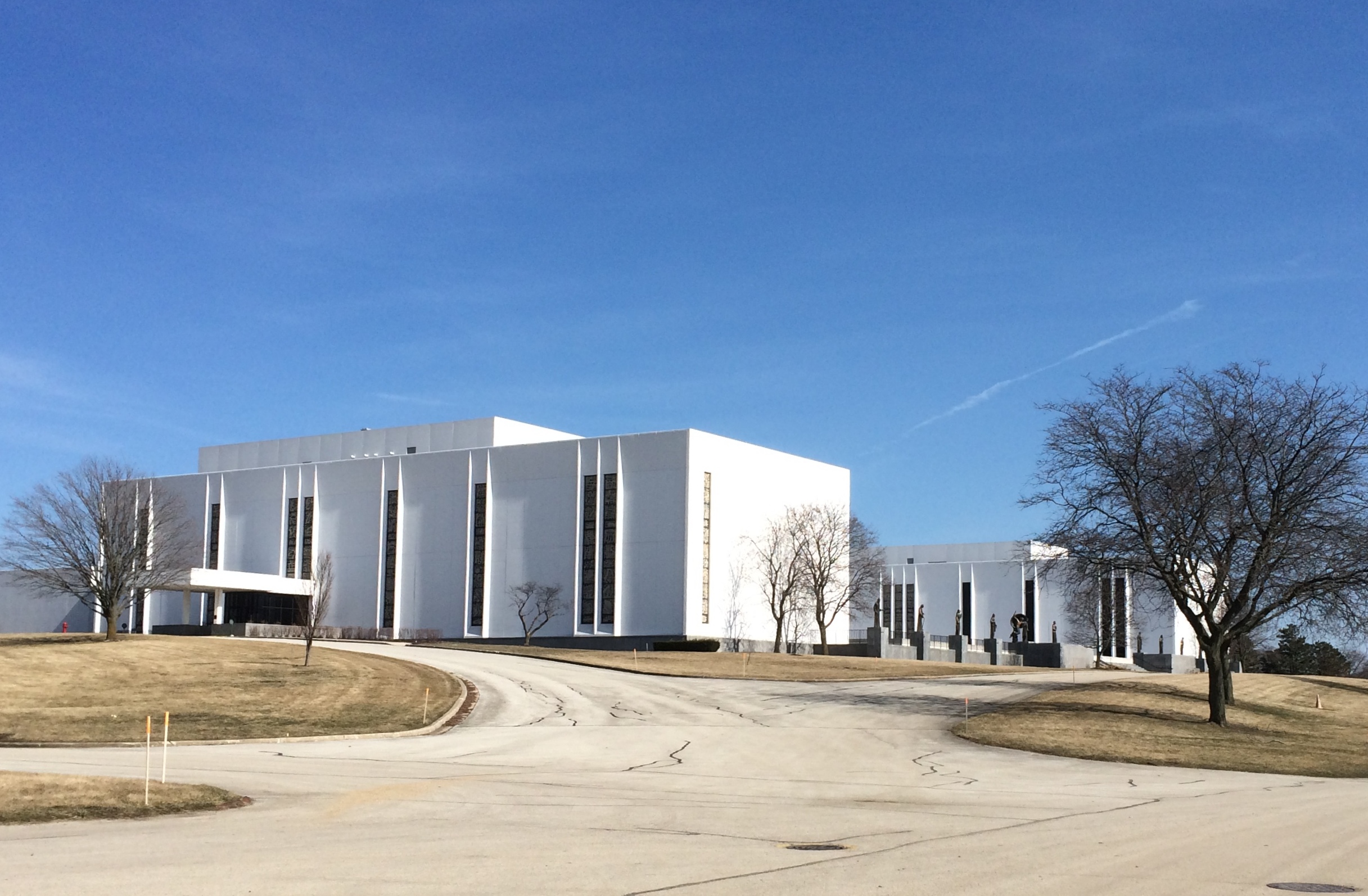 I didn’t go inside, but I did take a look at the statues lined up outside. Place of prominence is for Jesus. At least, I’m pretty sure that’s Him.
I didn’t go inside, but I did take a look at the statues lined up outside. Place of prominence is for Jesus. At least, I’m pretty sure that’s Him.
 Six Apostles line up on either side of Jesus.
Six Apostles line up on either side of Jesus.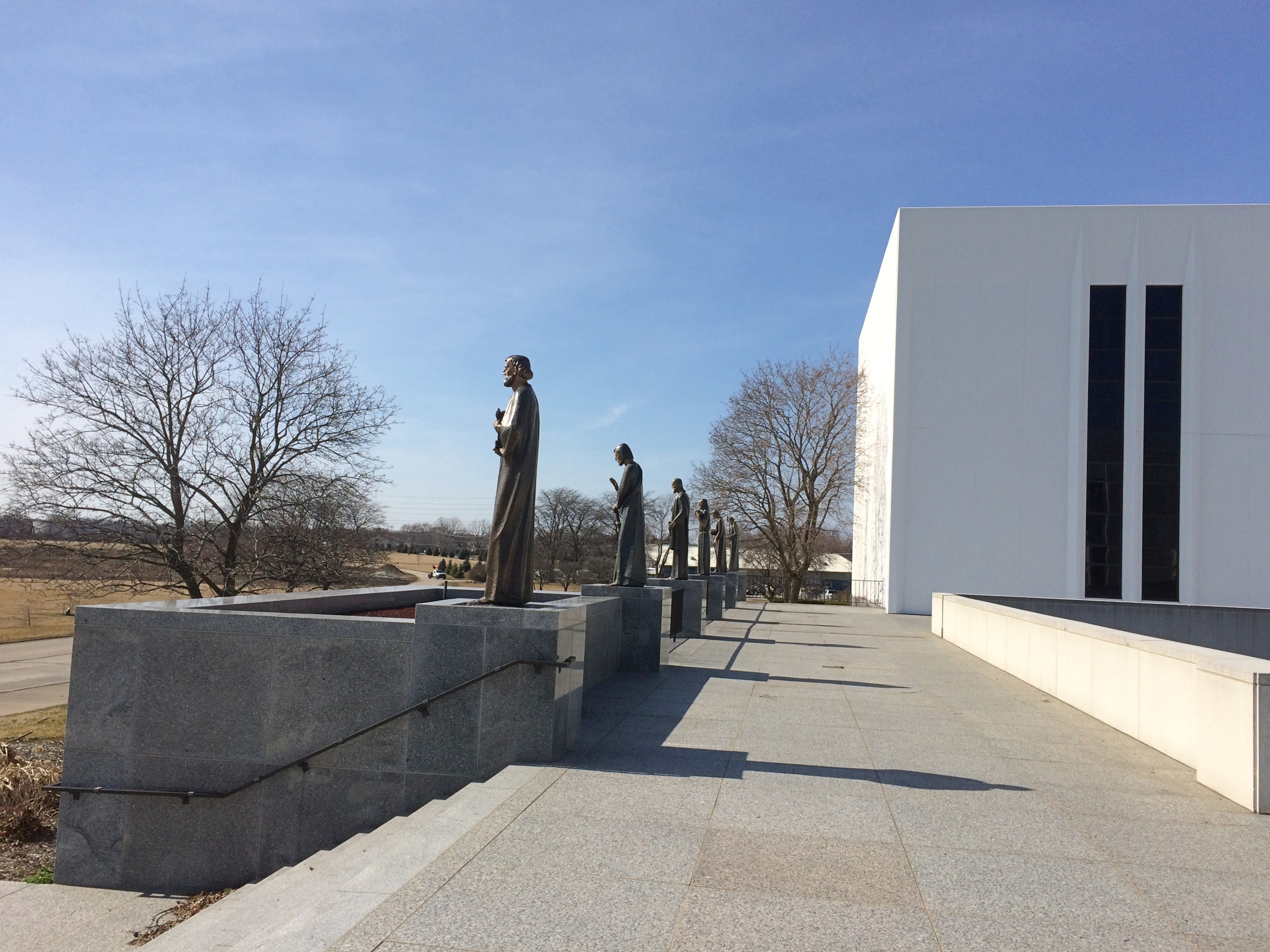
 Not long before I left, I drove to one of the edges of the western section, past graves that were clearly for children. Three people were standing there. I drove on and parked at some distance from them, to take a look at St. Benedict, pictured above.
Not long before I left, I drove to one of the edges of the western section, past graves that were clearly for children. Three people were standing there. I drove on and parked at some distance from them, to take a look at St. Benedict, pictured above.
When returning to my car, I looked back in their direction.
 They had released balloons into the sky.
They had released balloons into the sky.
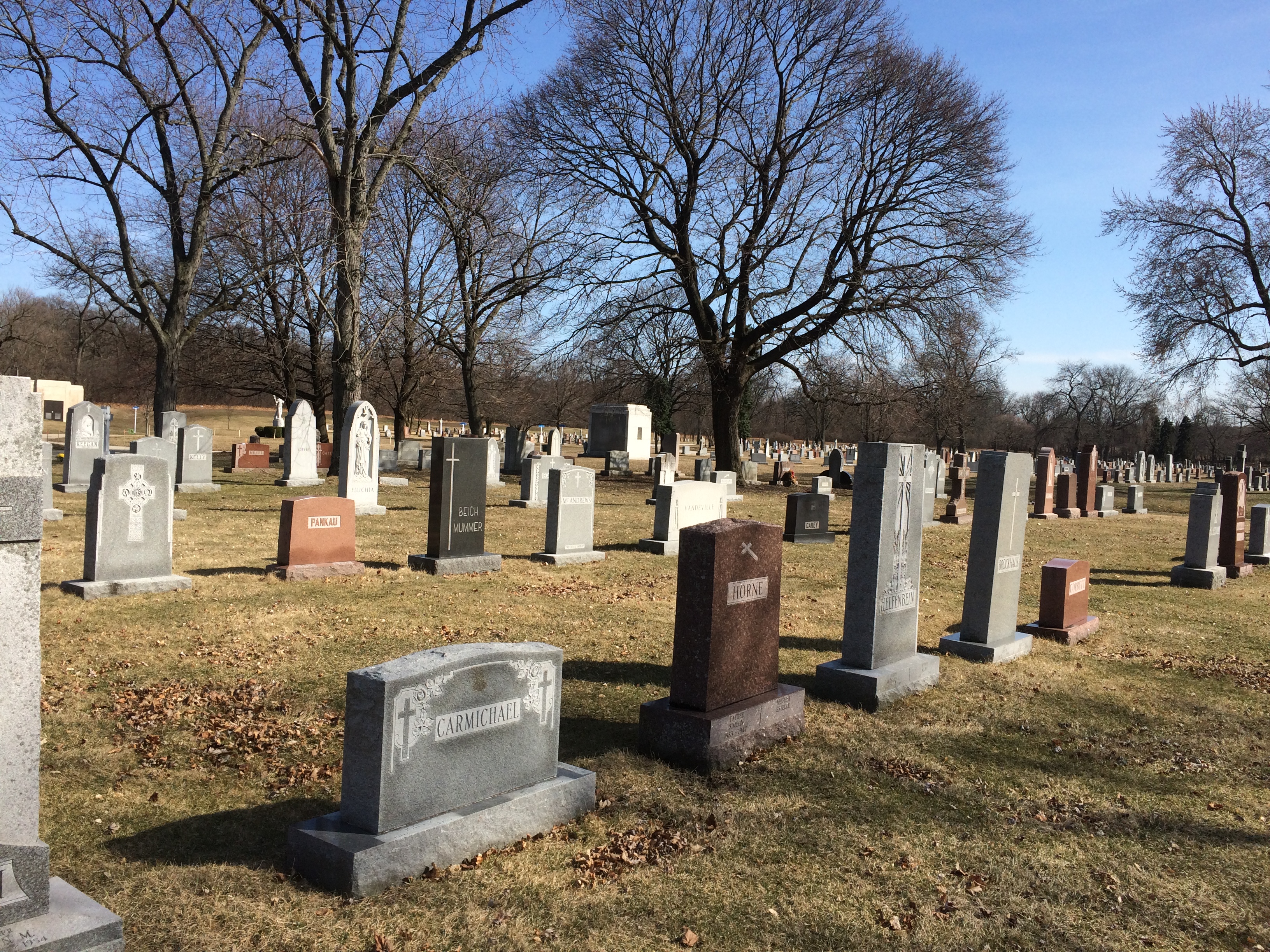
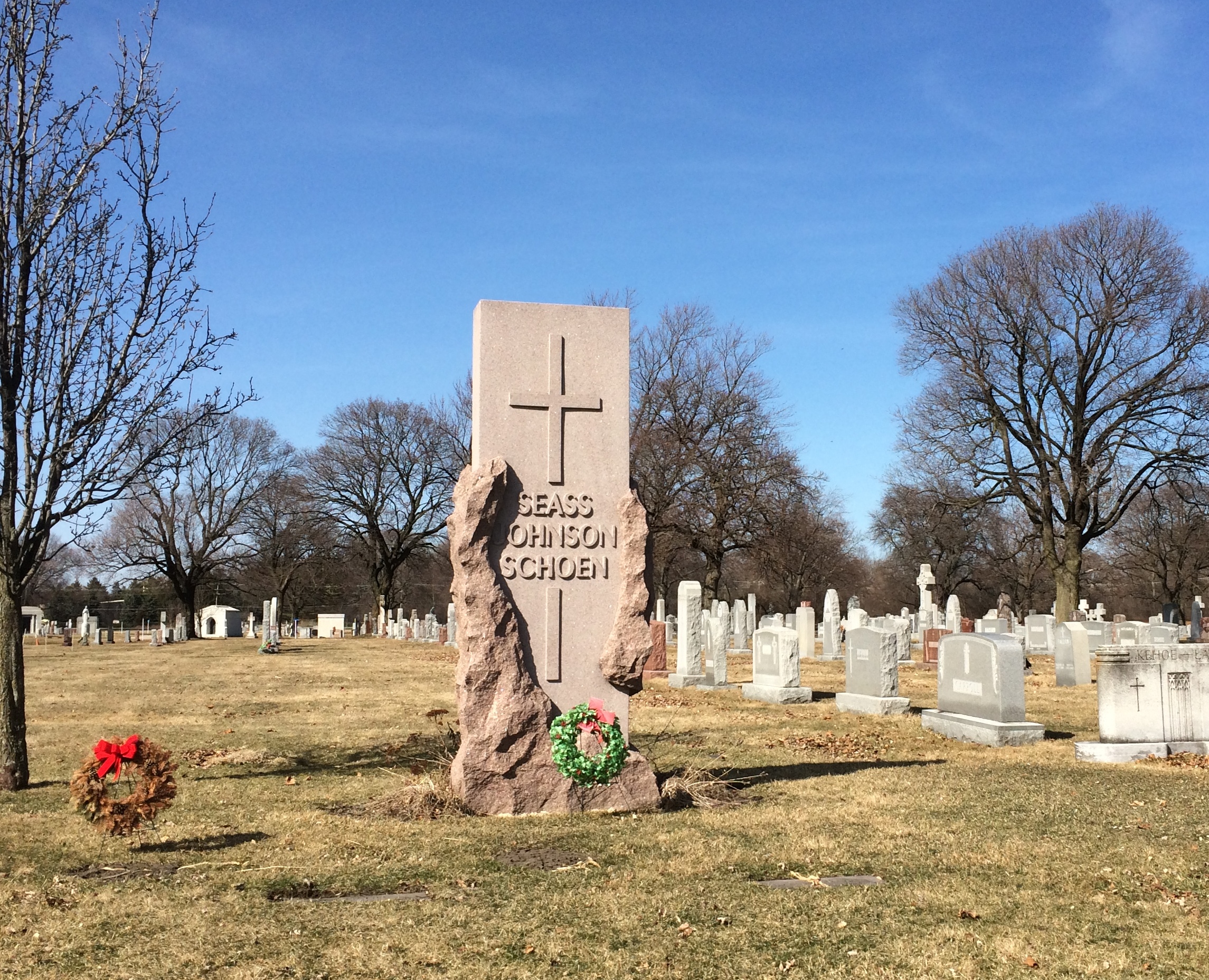



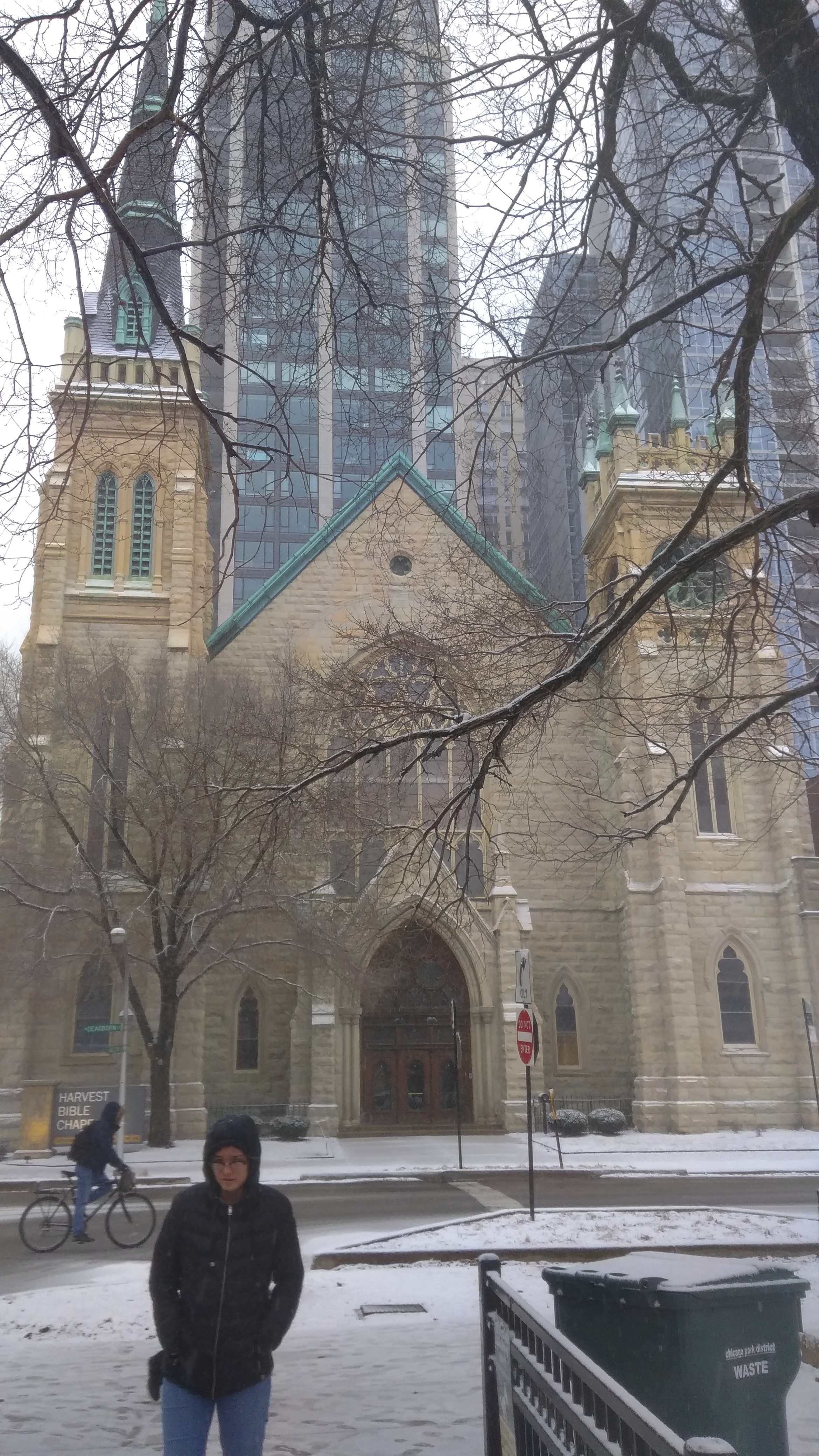
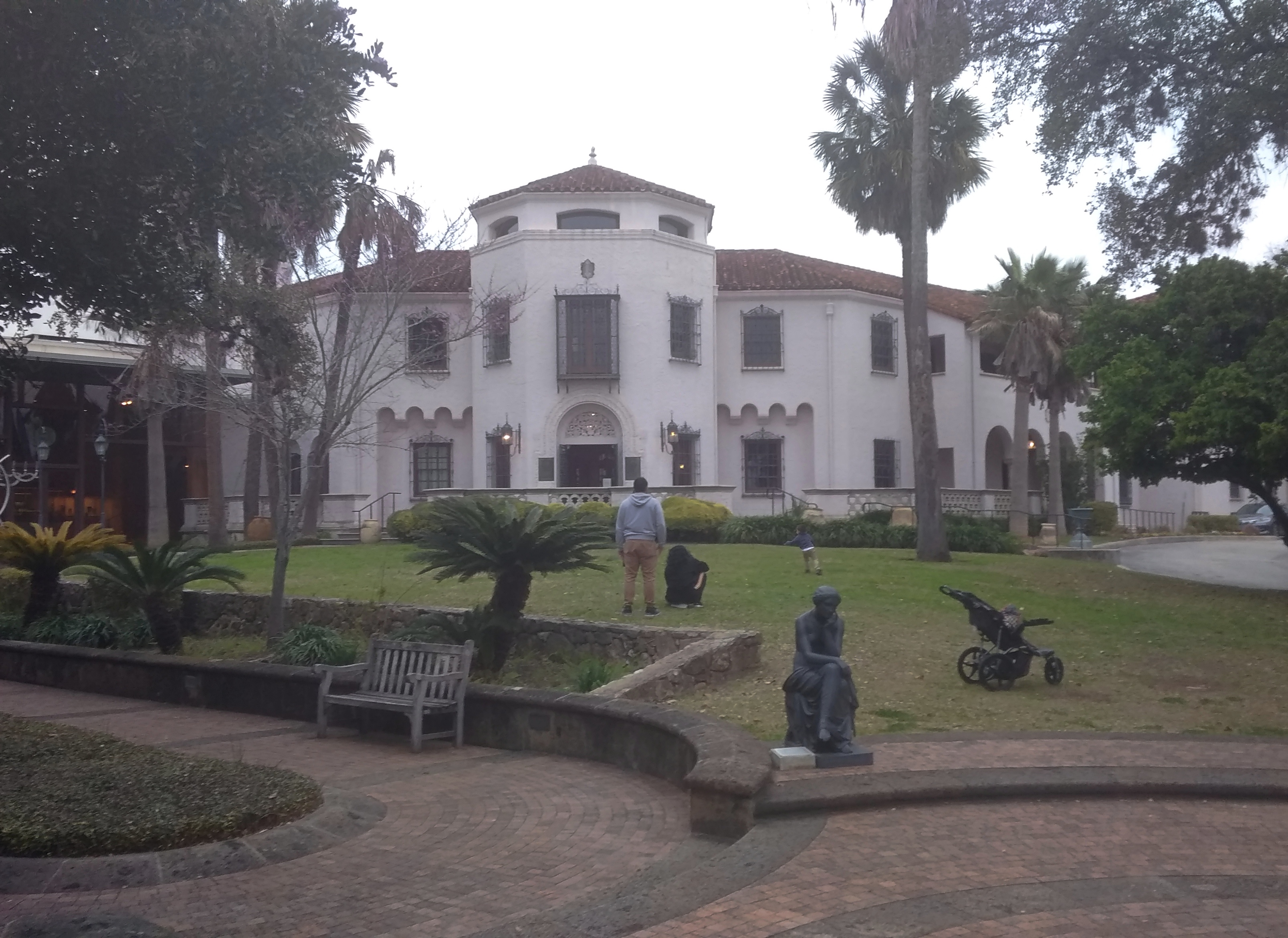
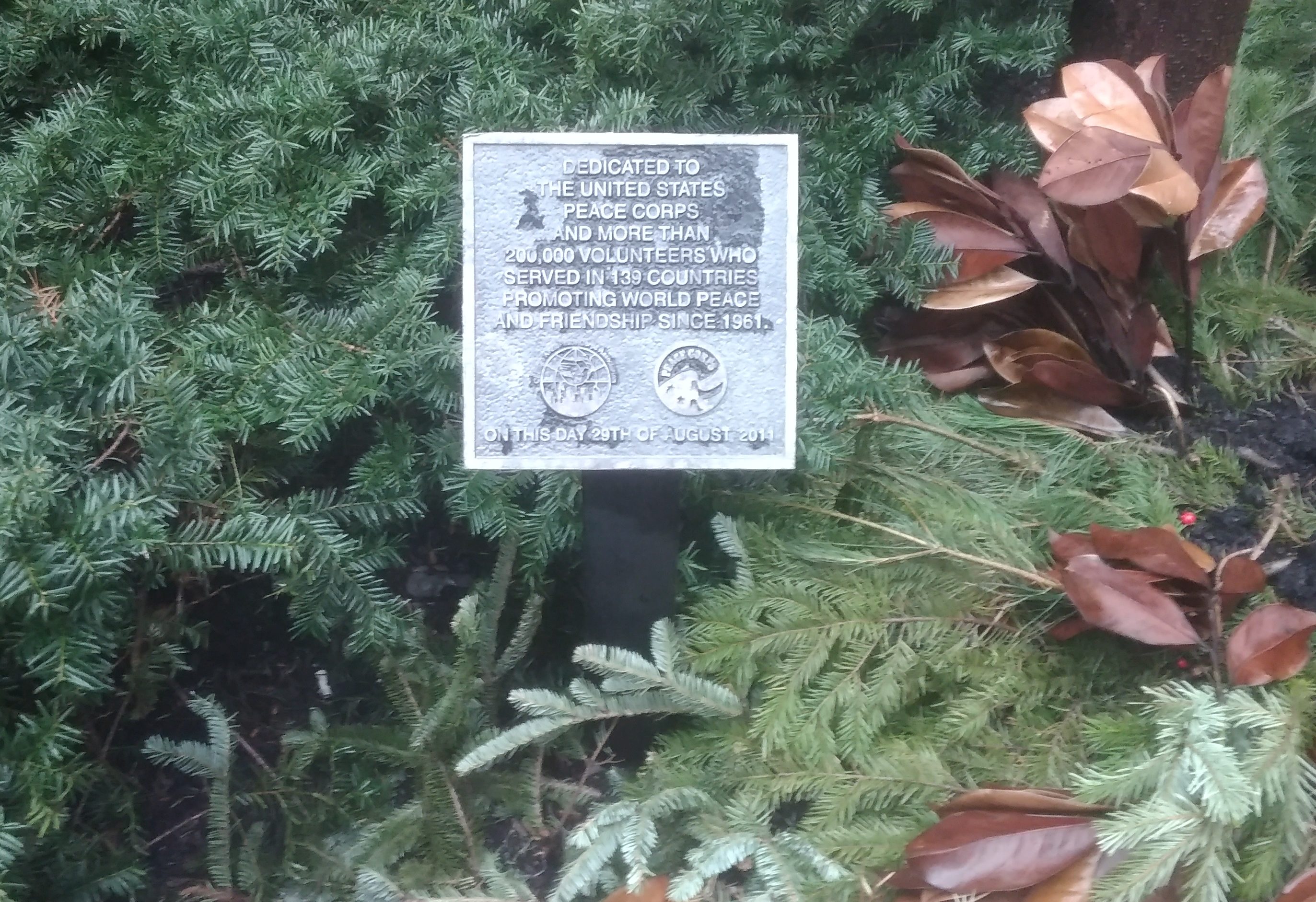
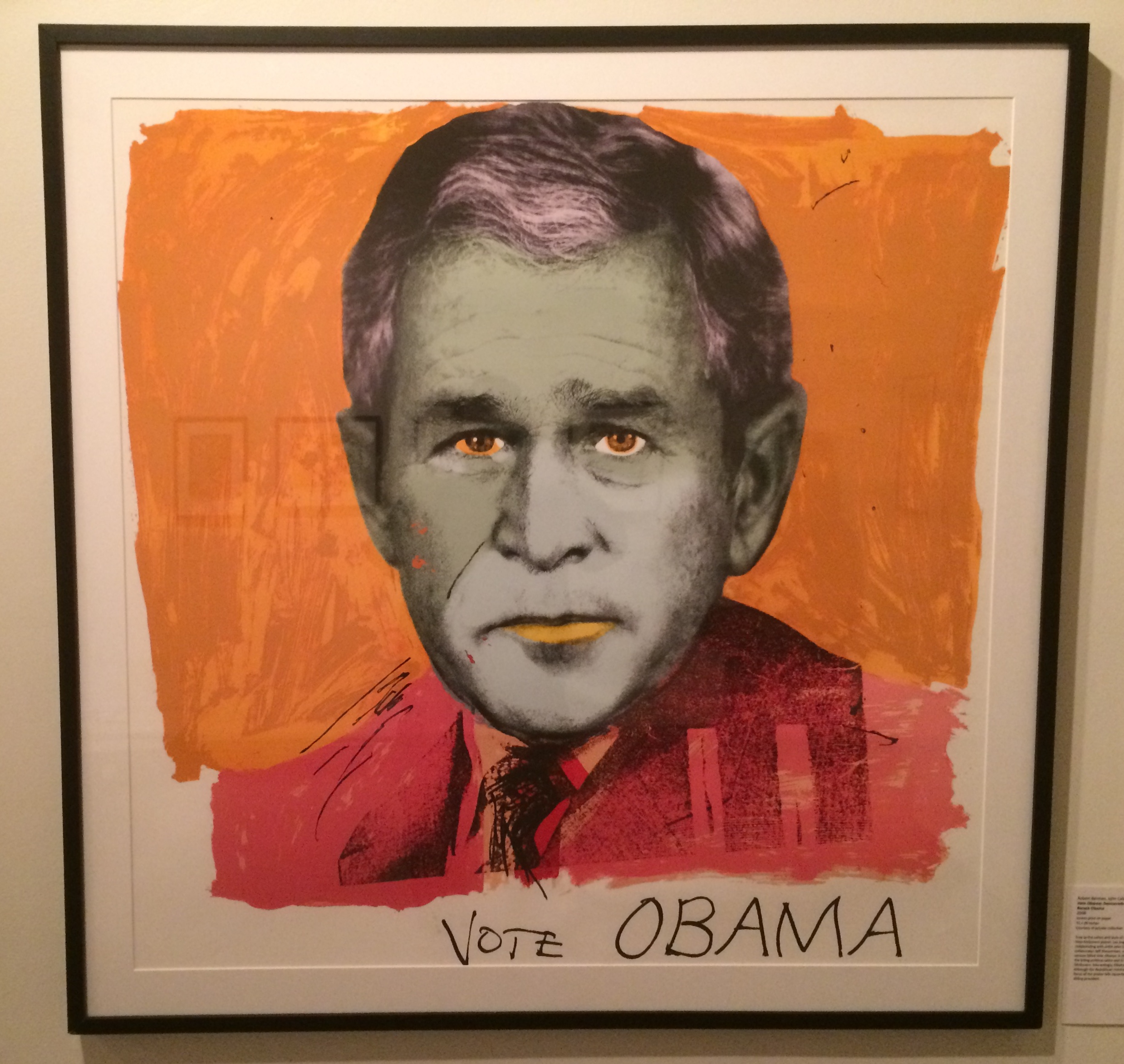
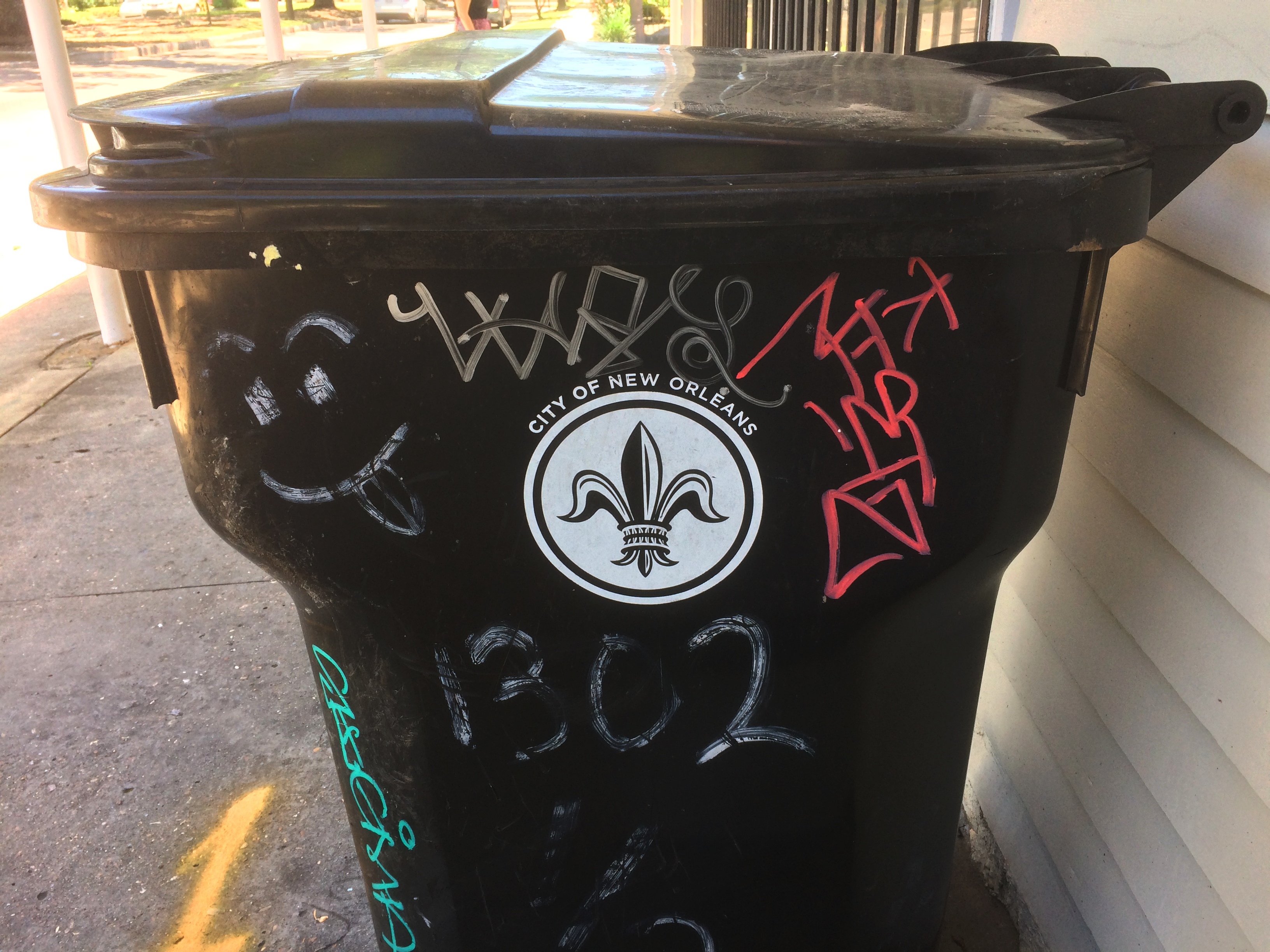
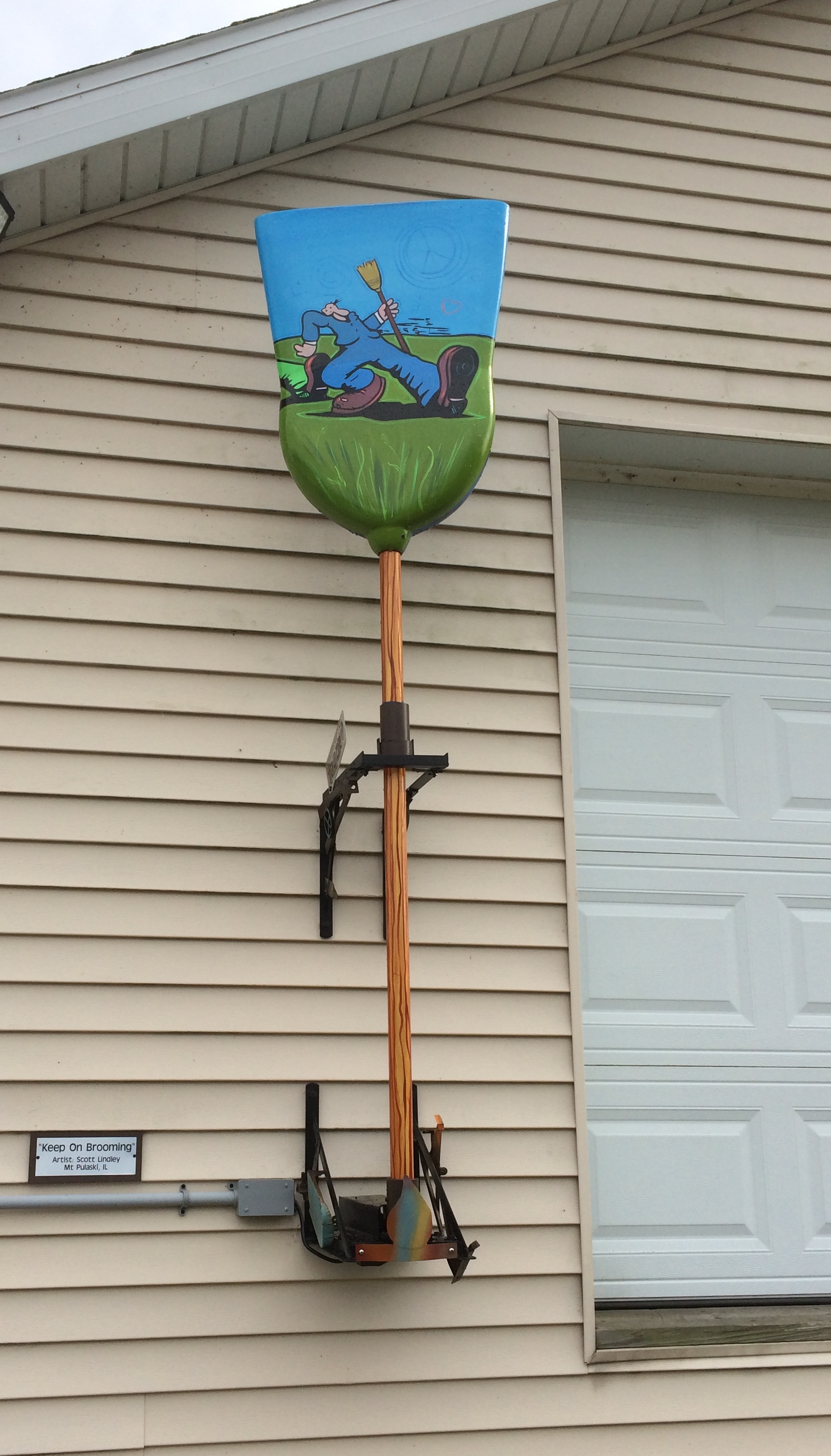
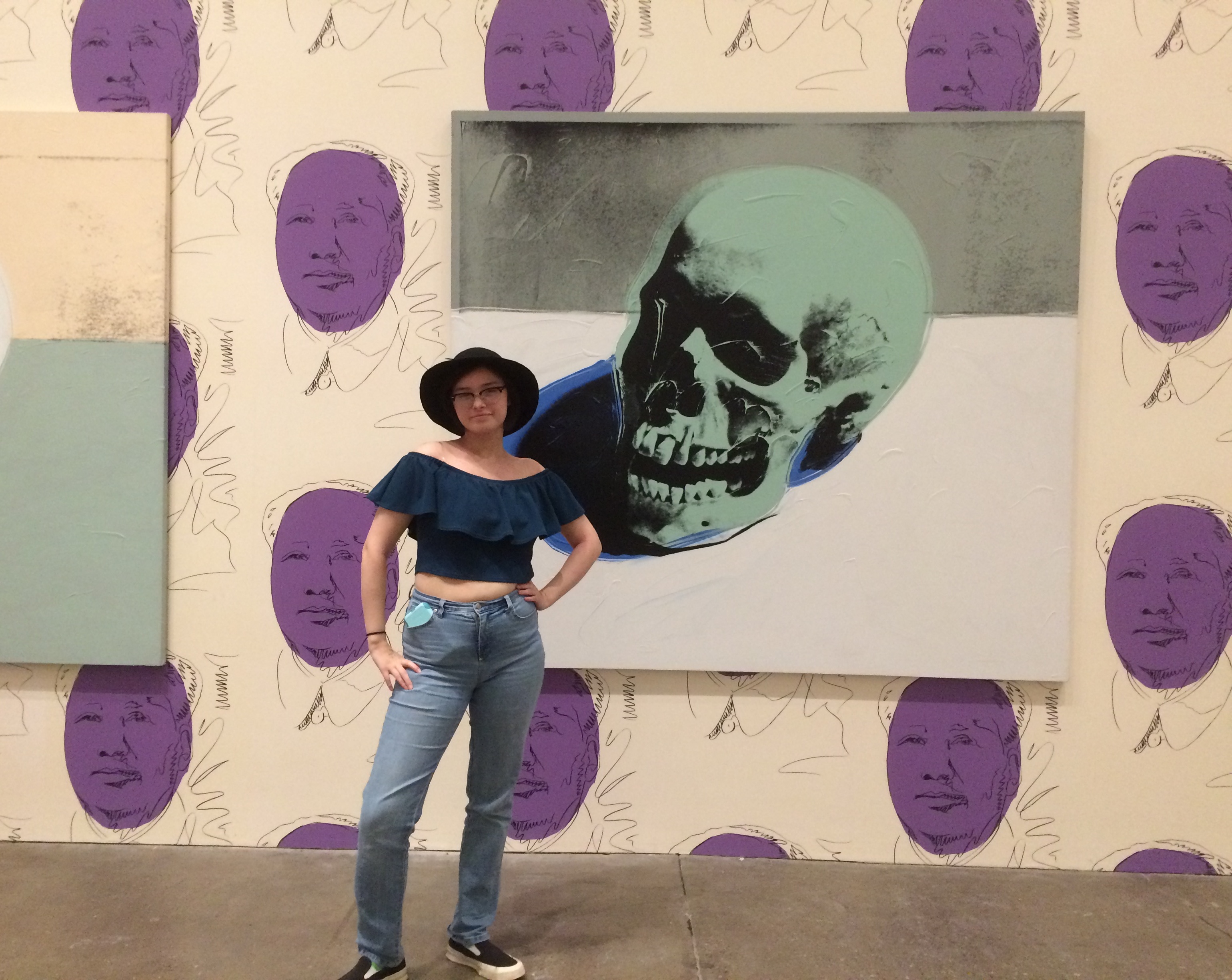
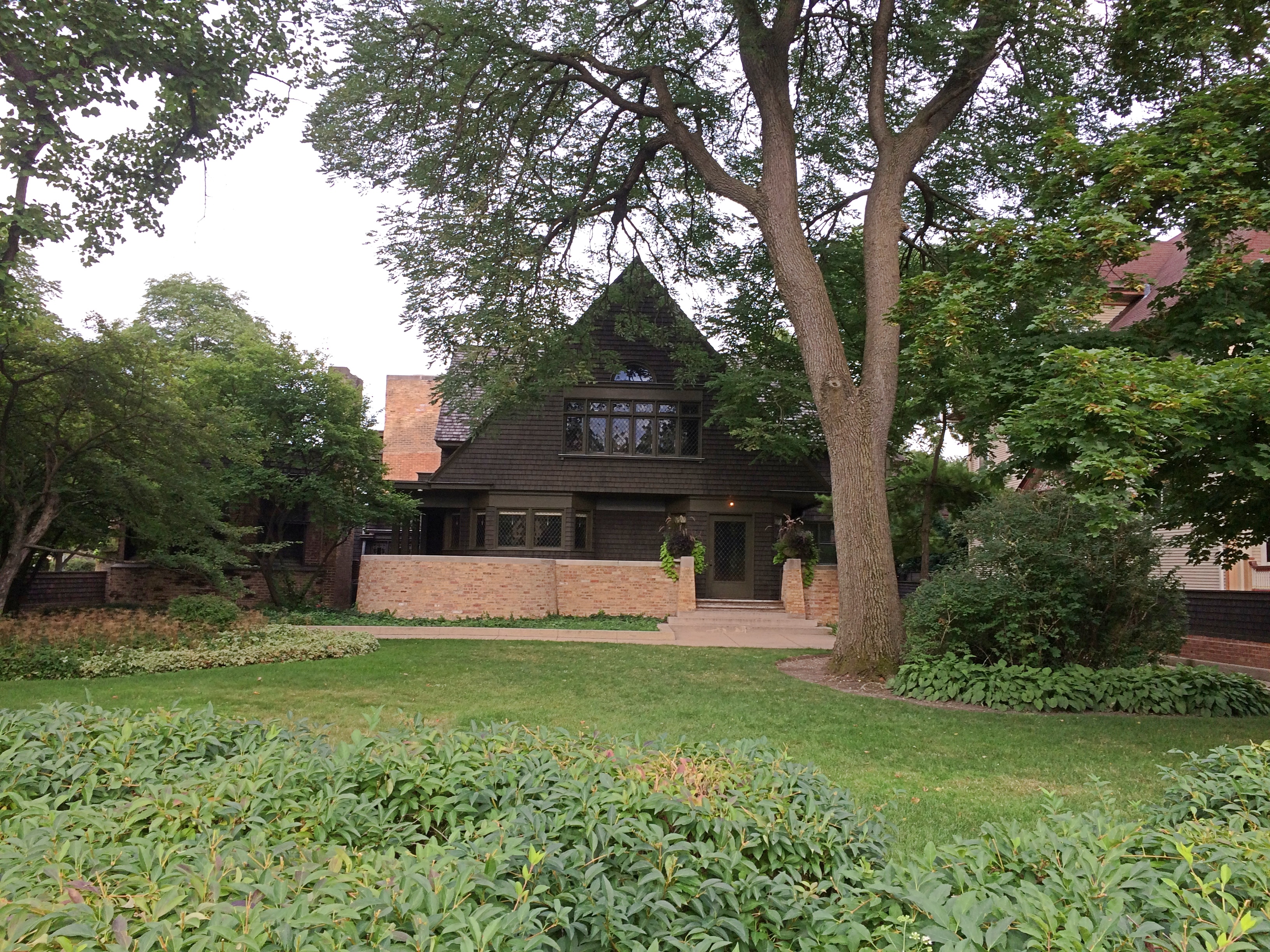
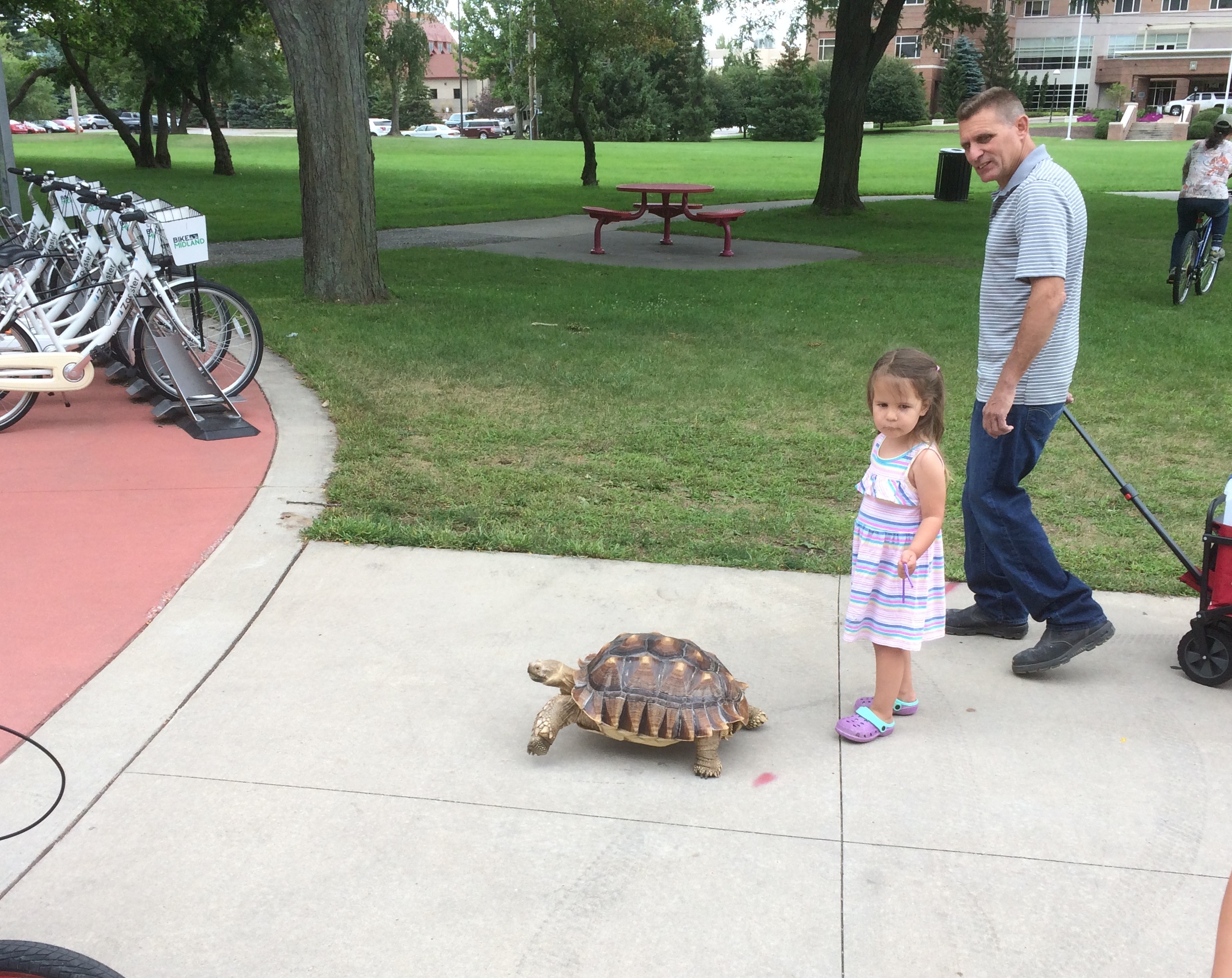
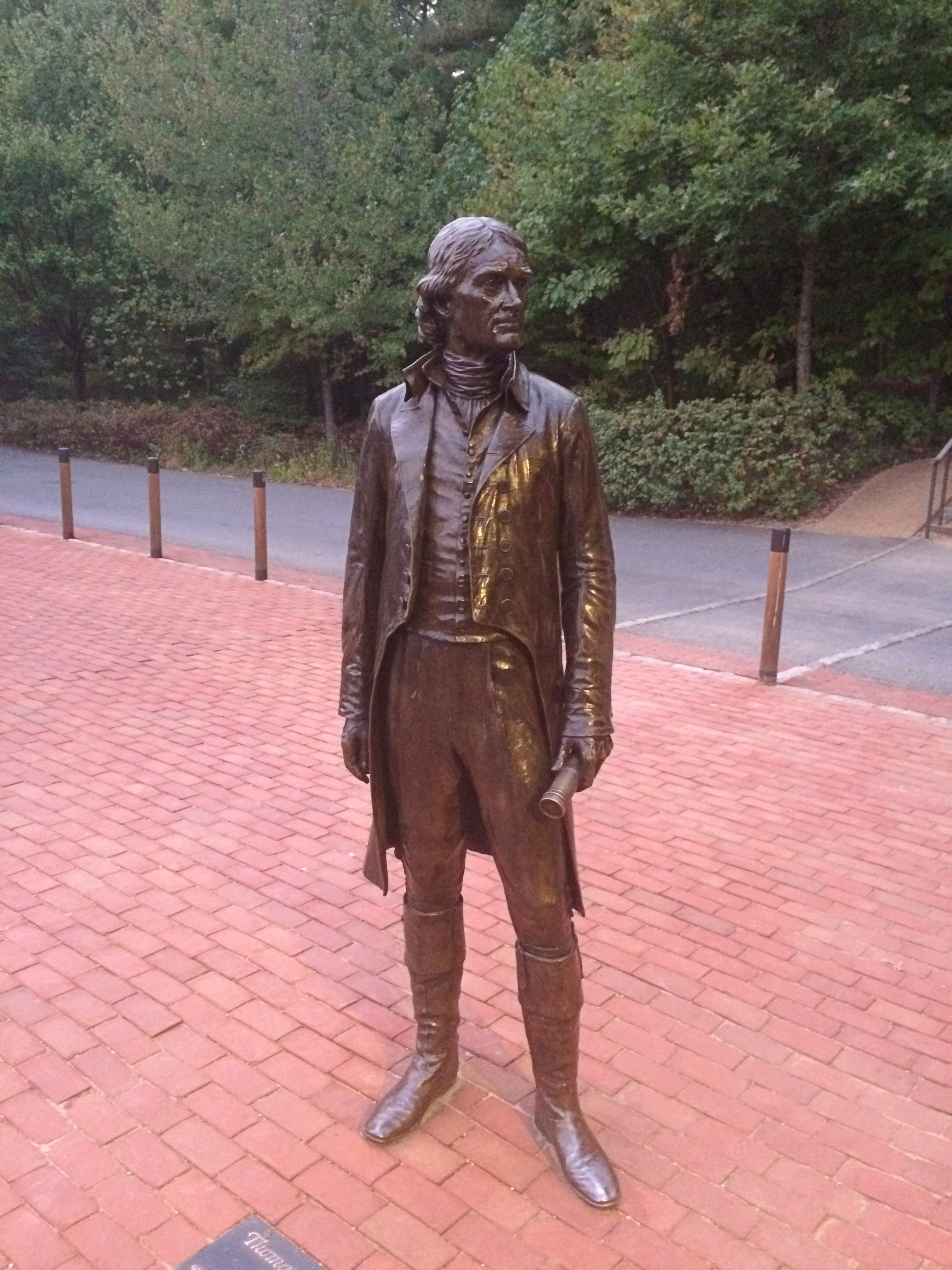

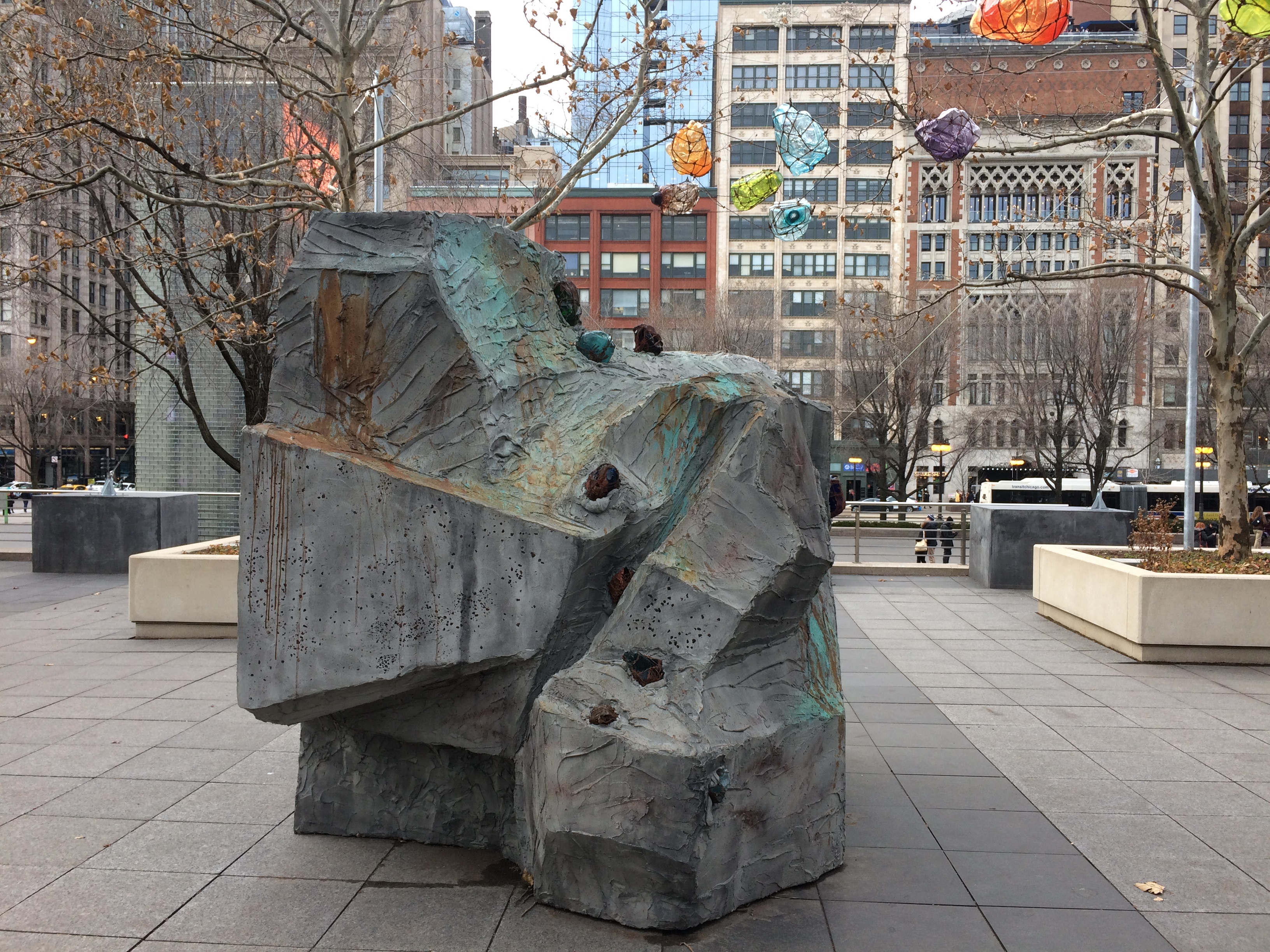 Good Christmas and New Year to all.
Good Christmas and New Year to all.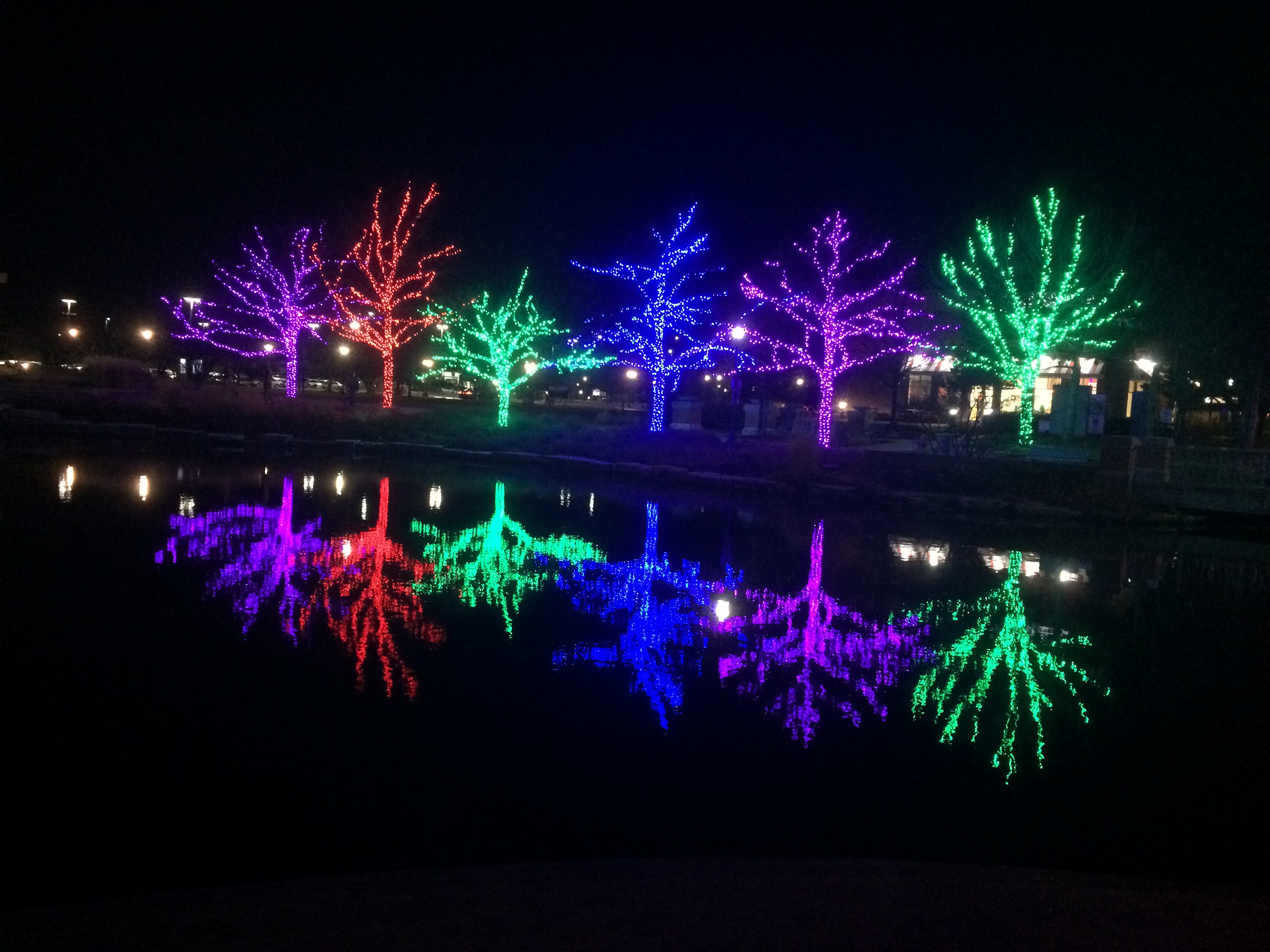
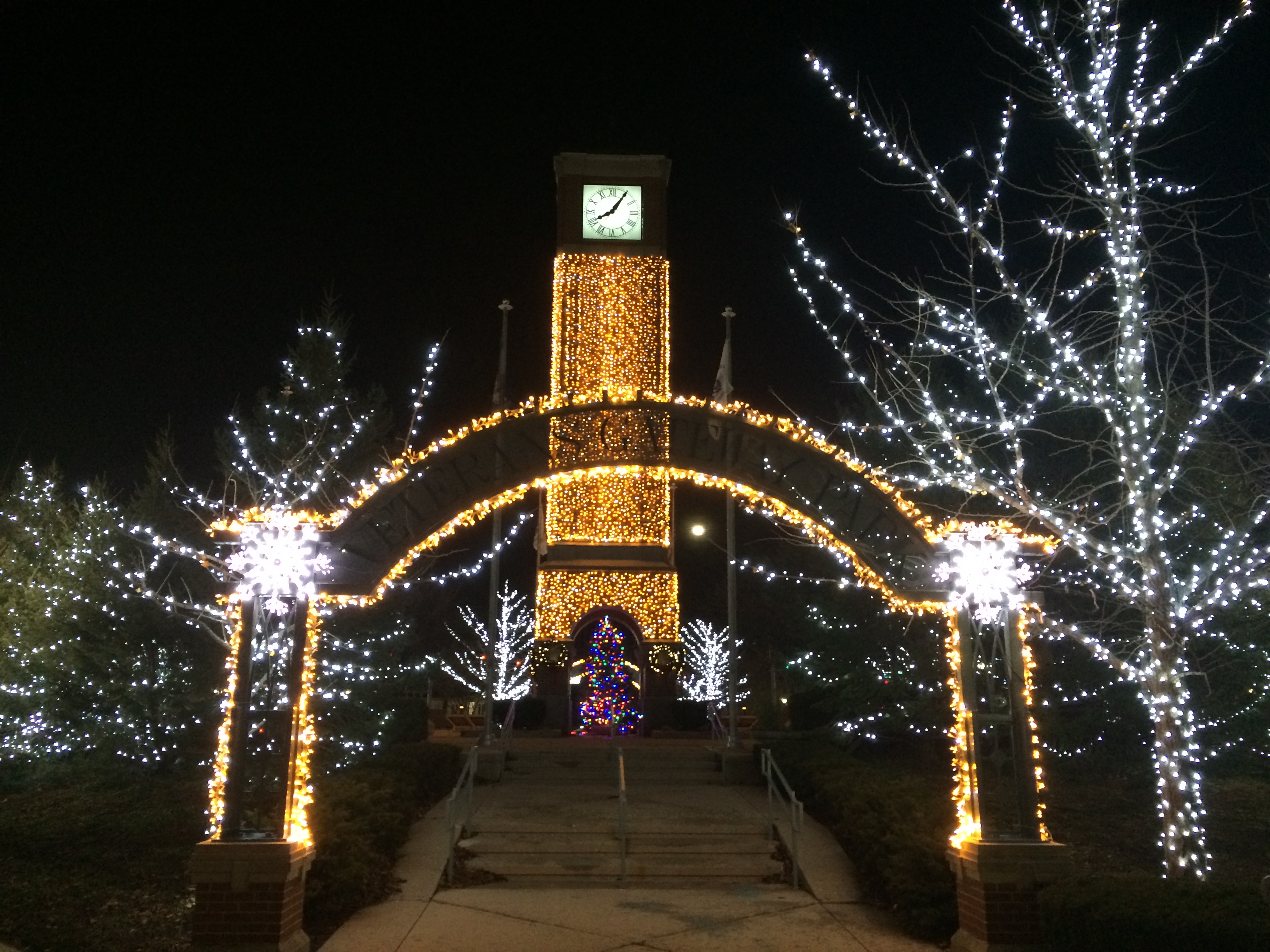




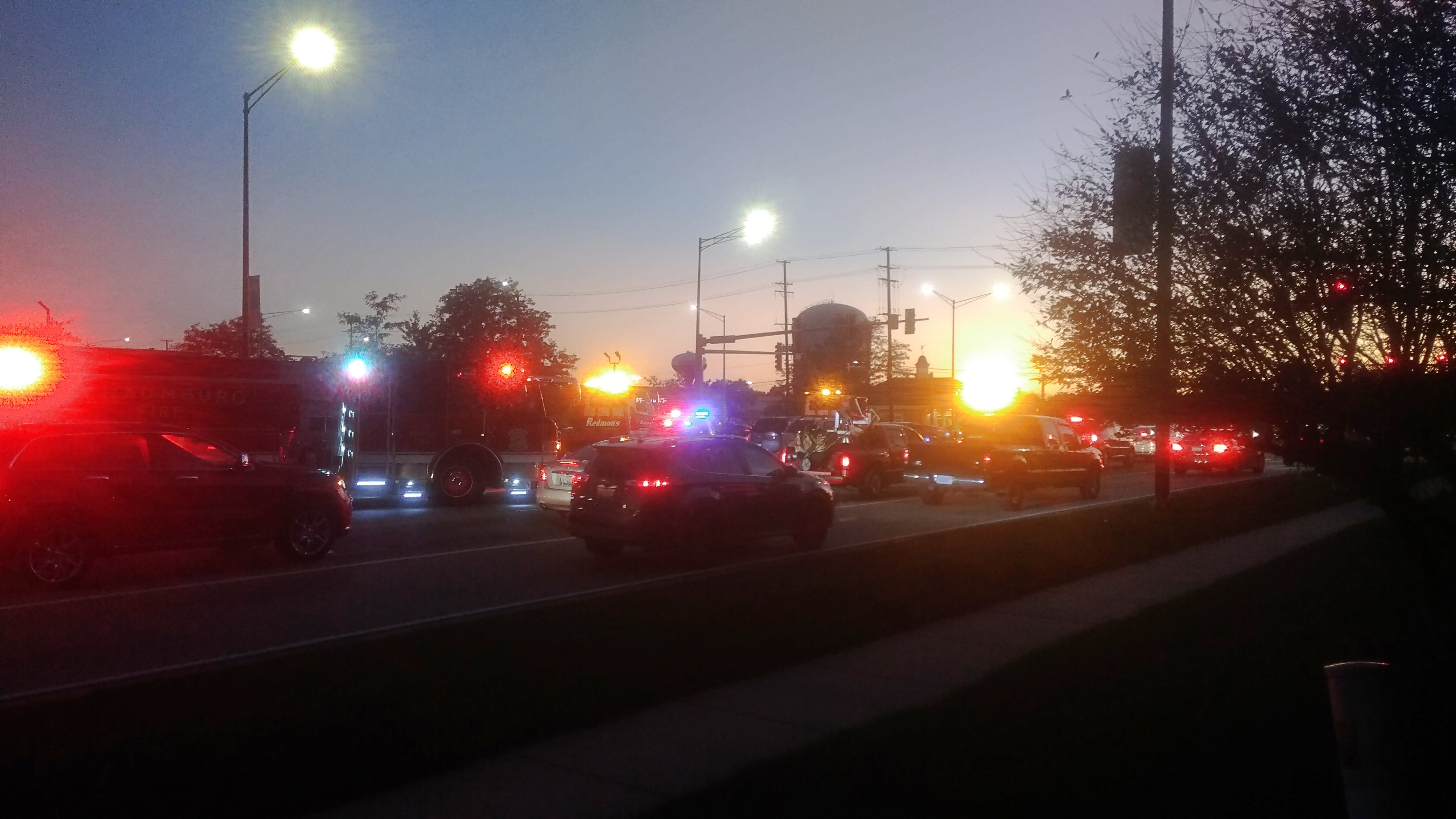





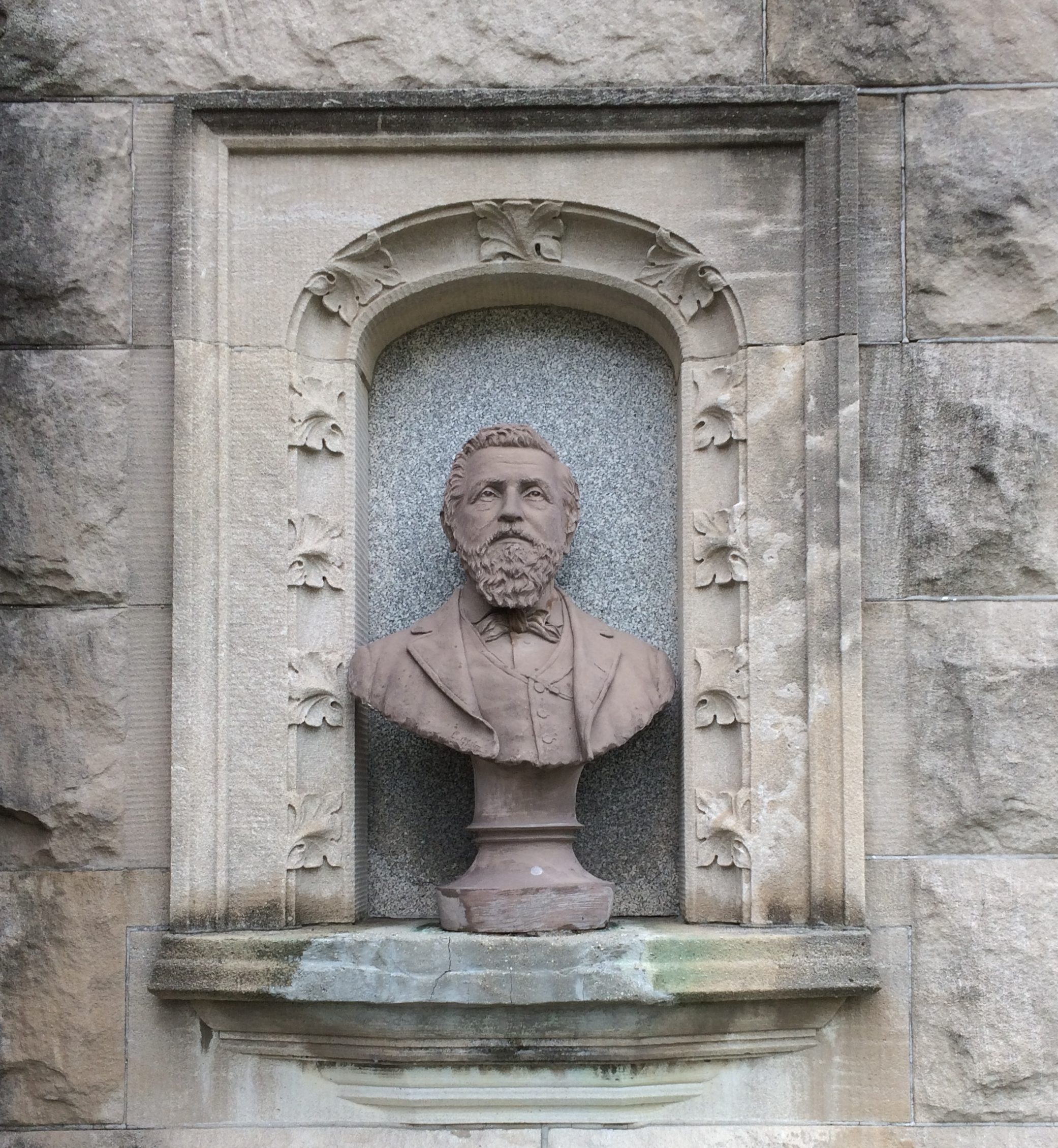 You’d think his wife Amelia (1864-1891) would be the other bust adorning the structure, but this face looks a little old for a woman who seems to have died in her 20s giving birth to her fourth child, or at least soon after.
You’d think his wife Amelia (1864-1891) would be the other bust adorning the structure, but this face looks a little old for a woman who seems to have died in her 20s giving birth to her fourth child, or at least soon after.